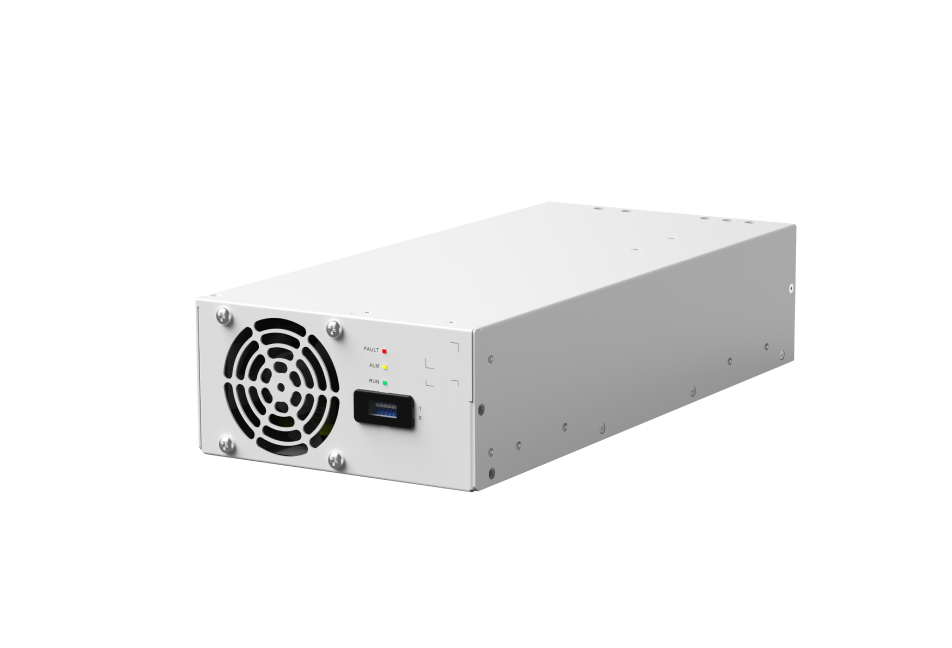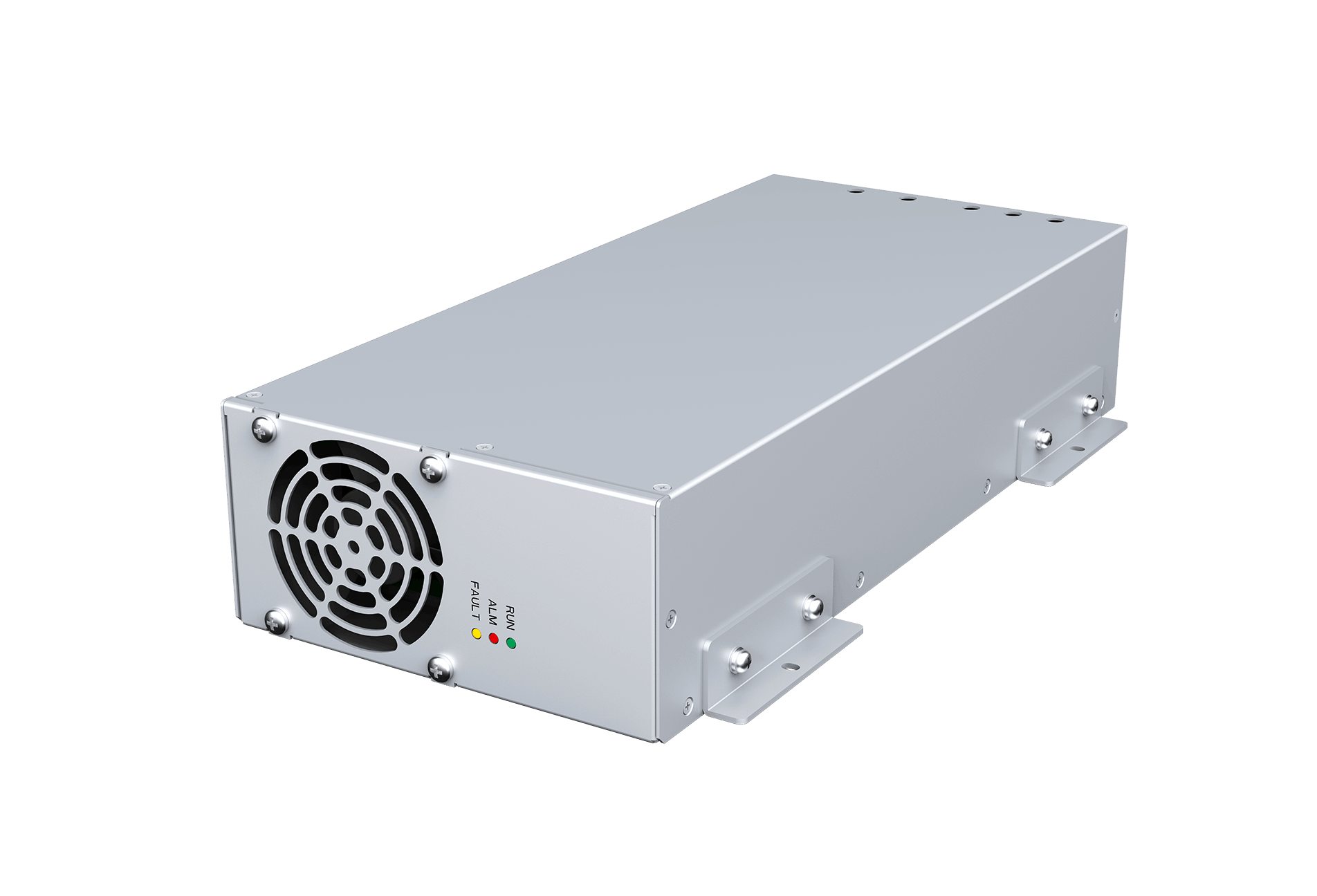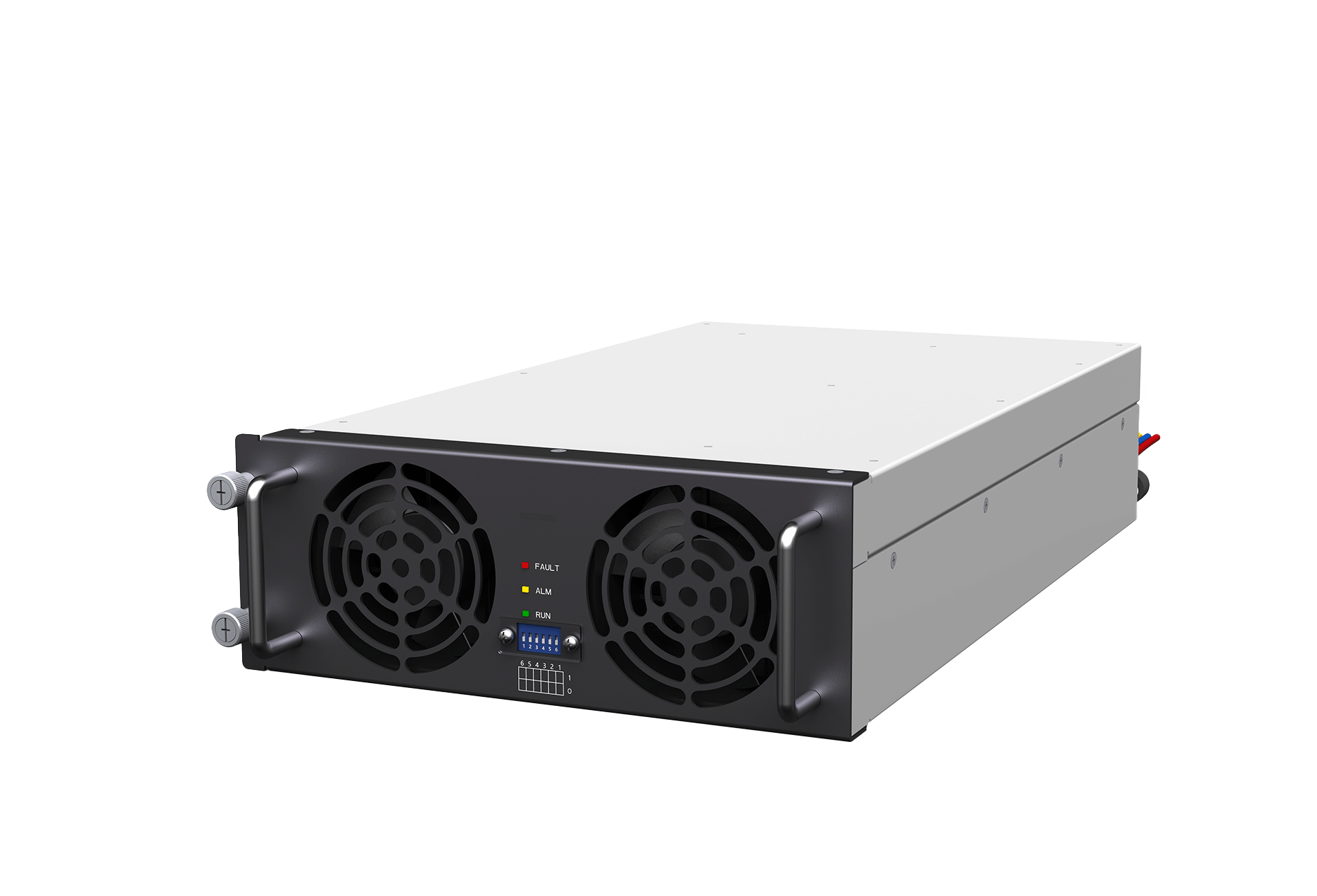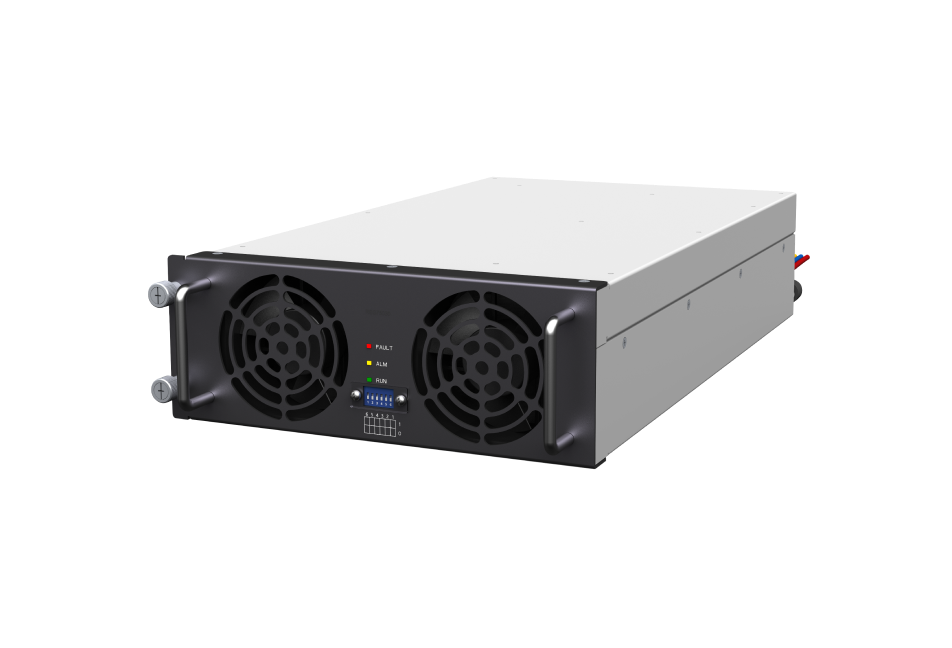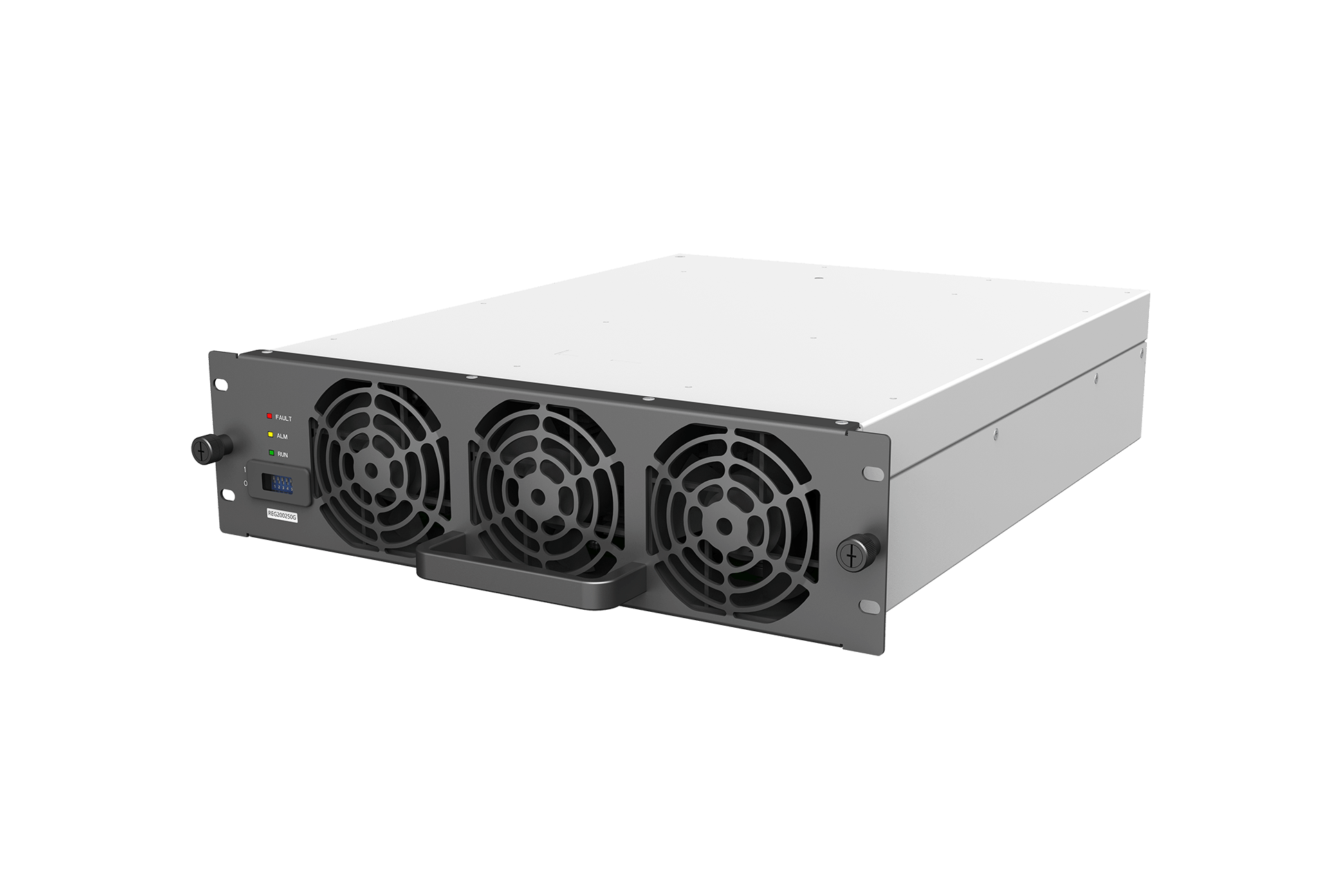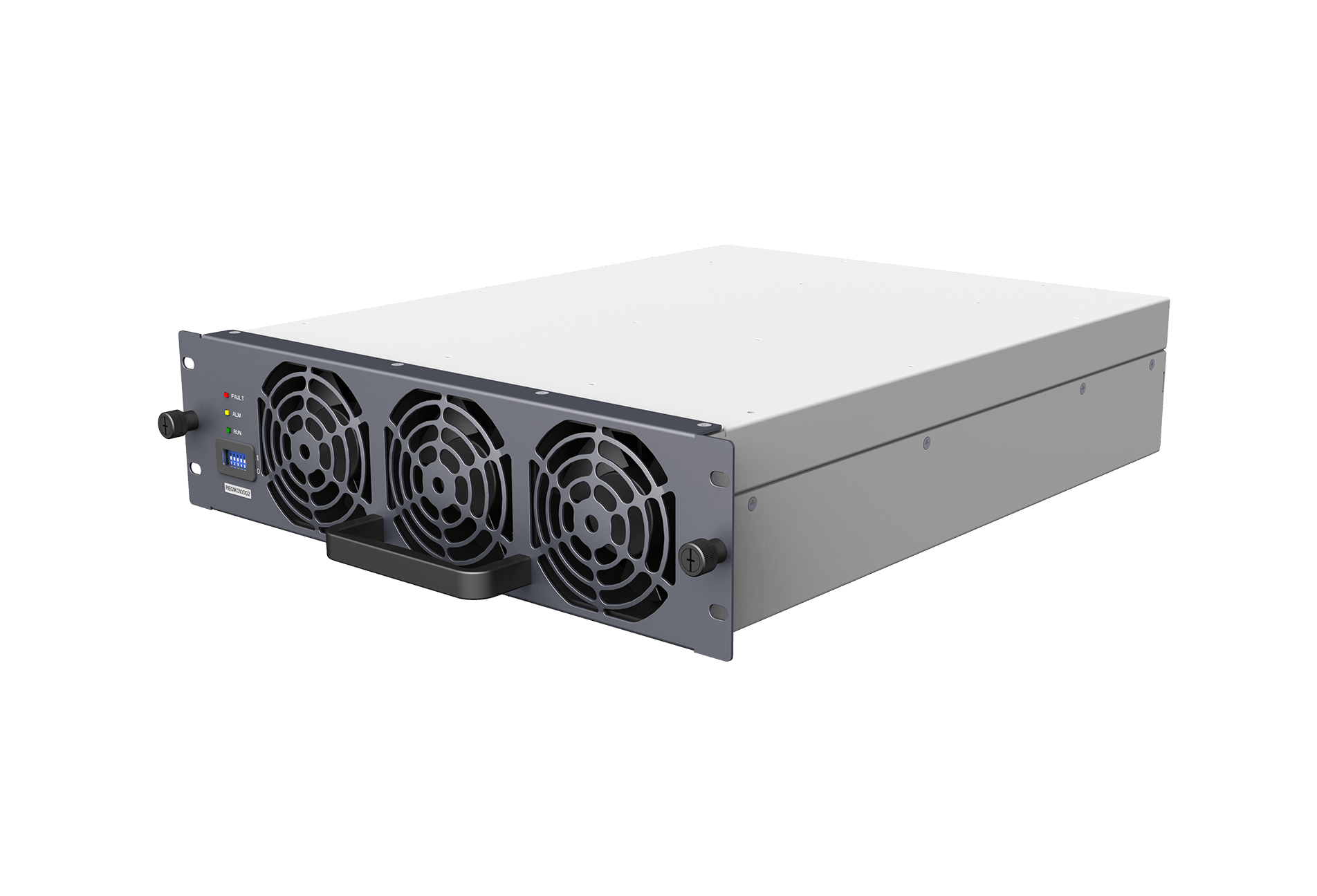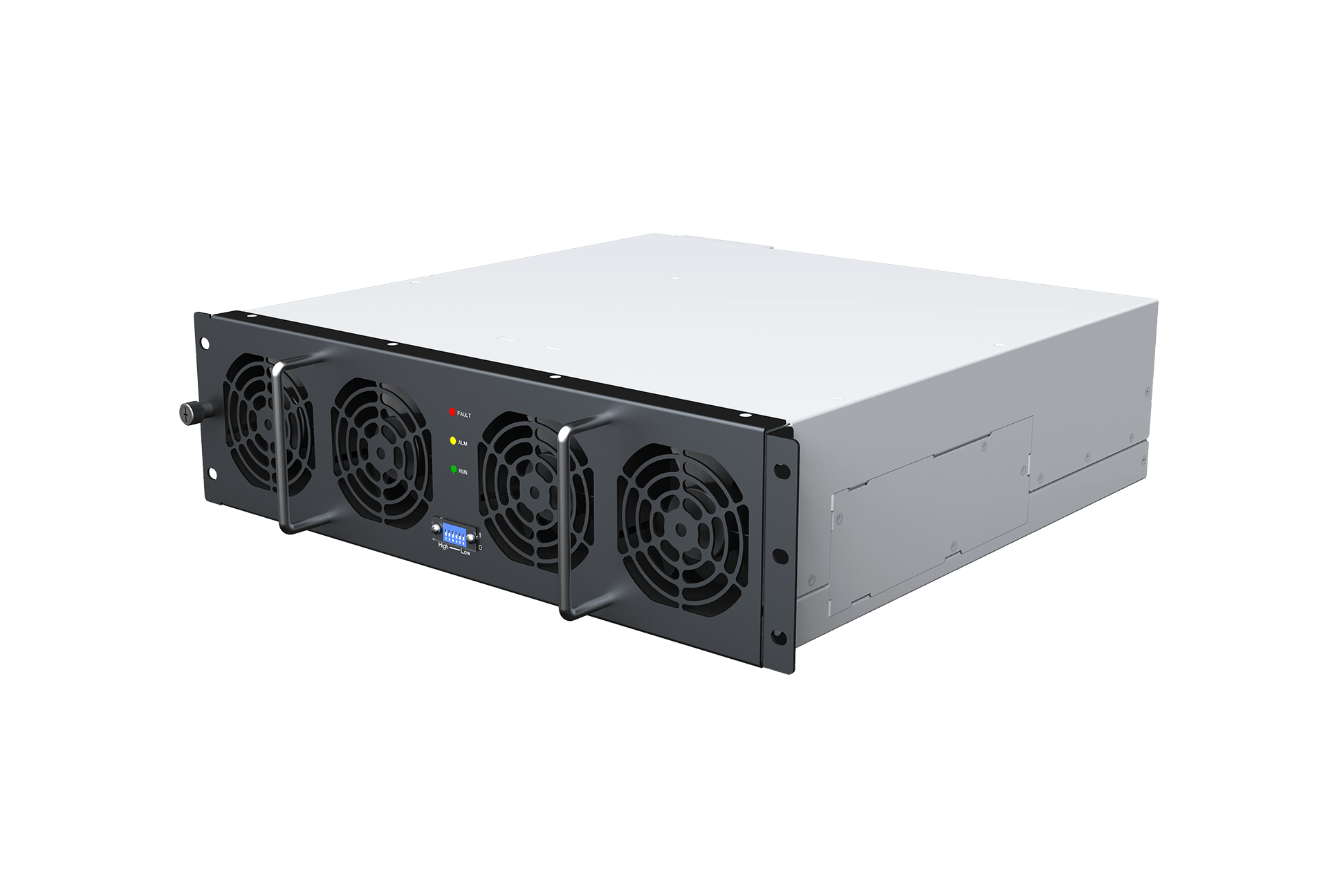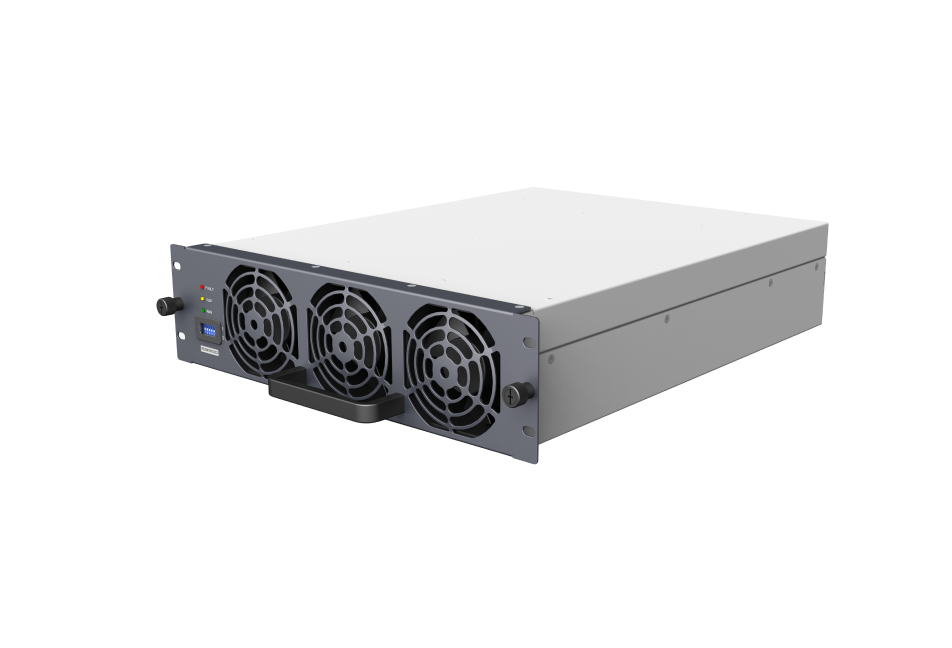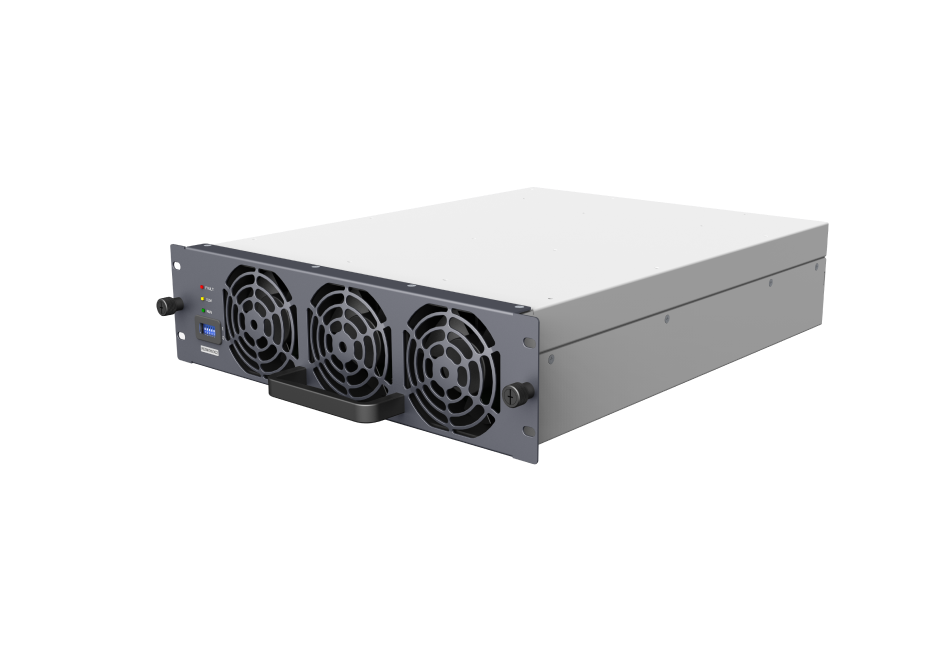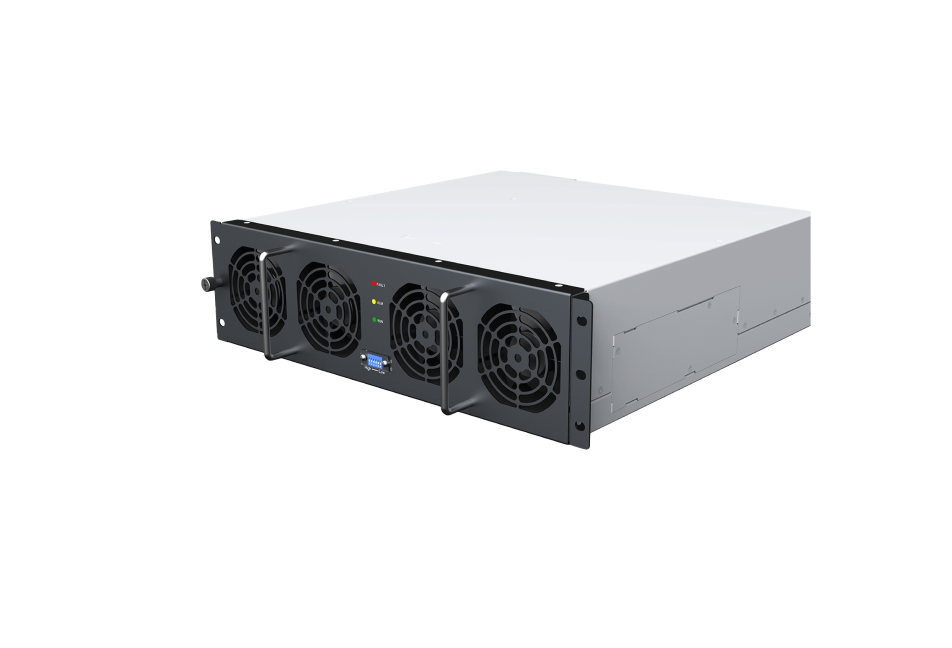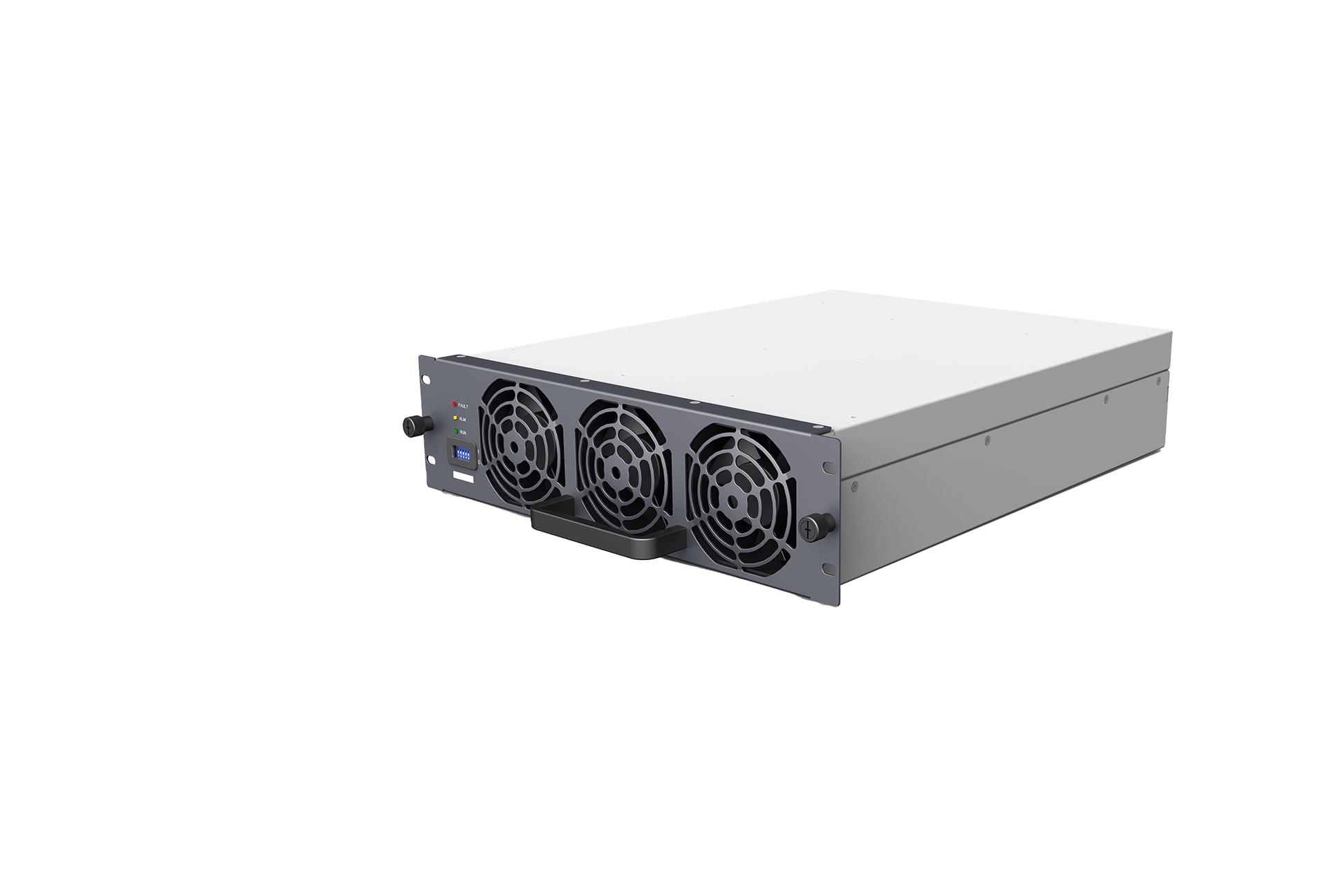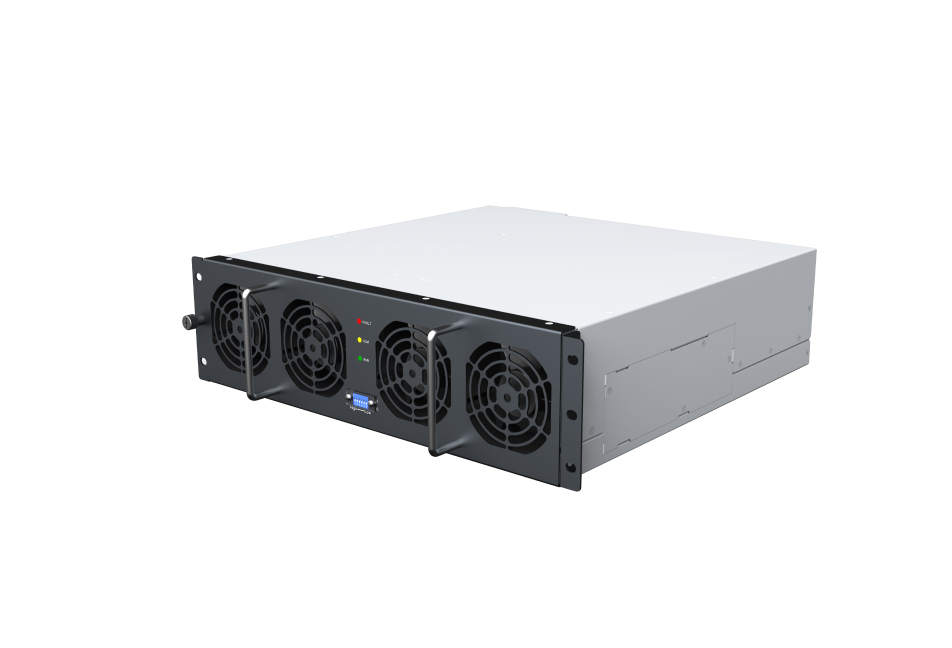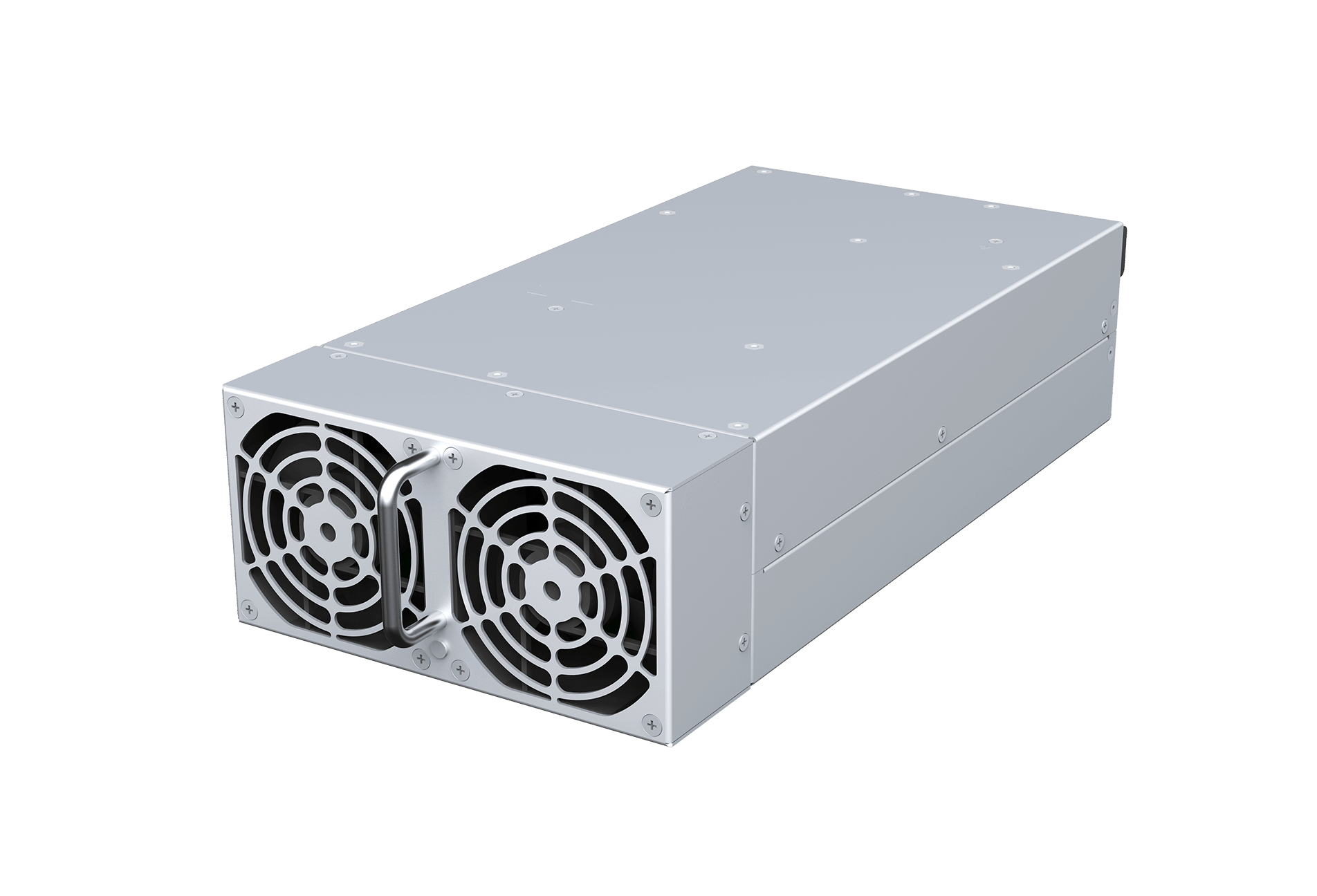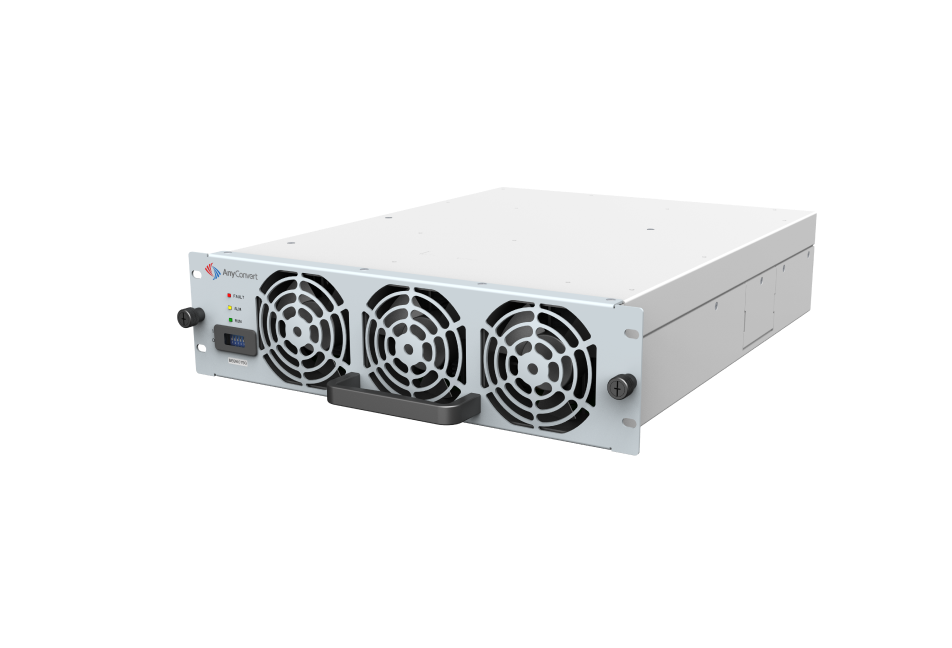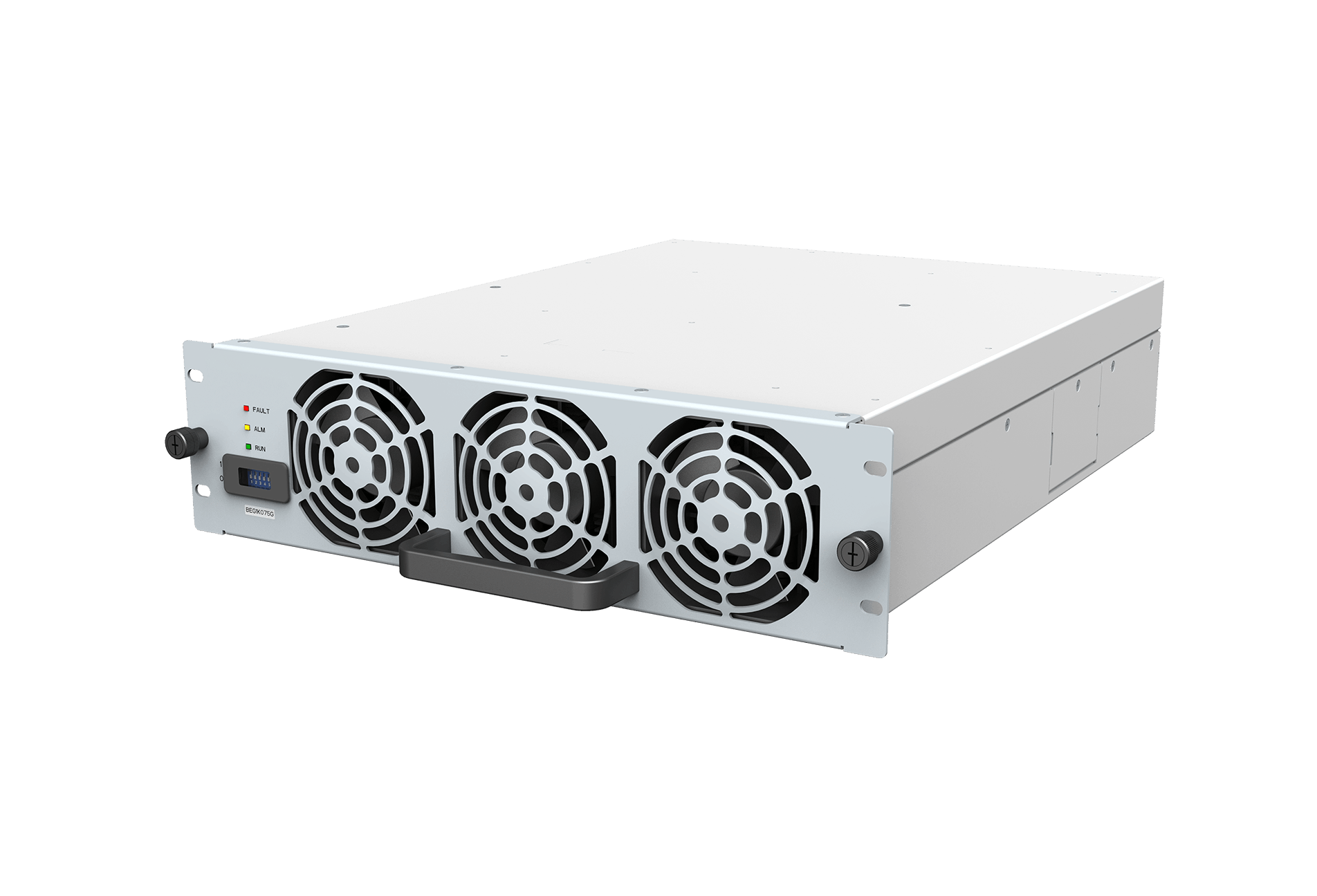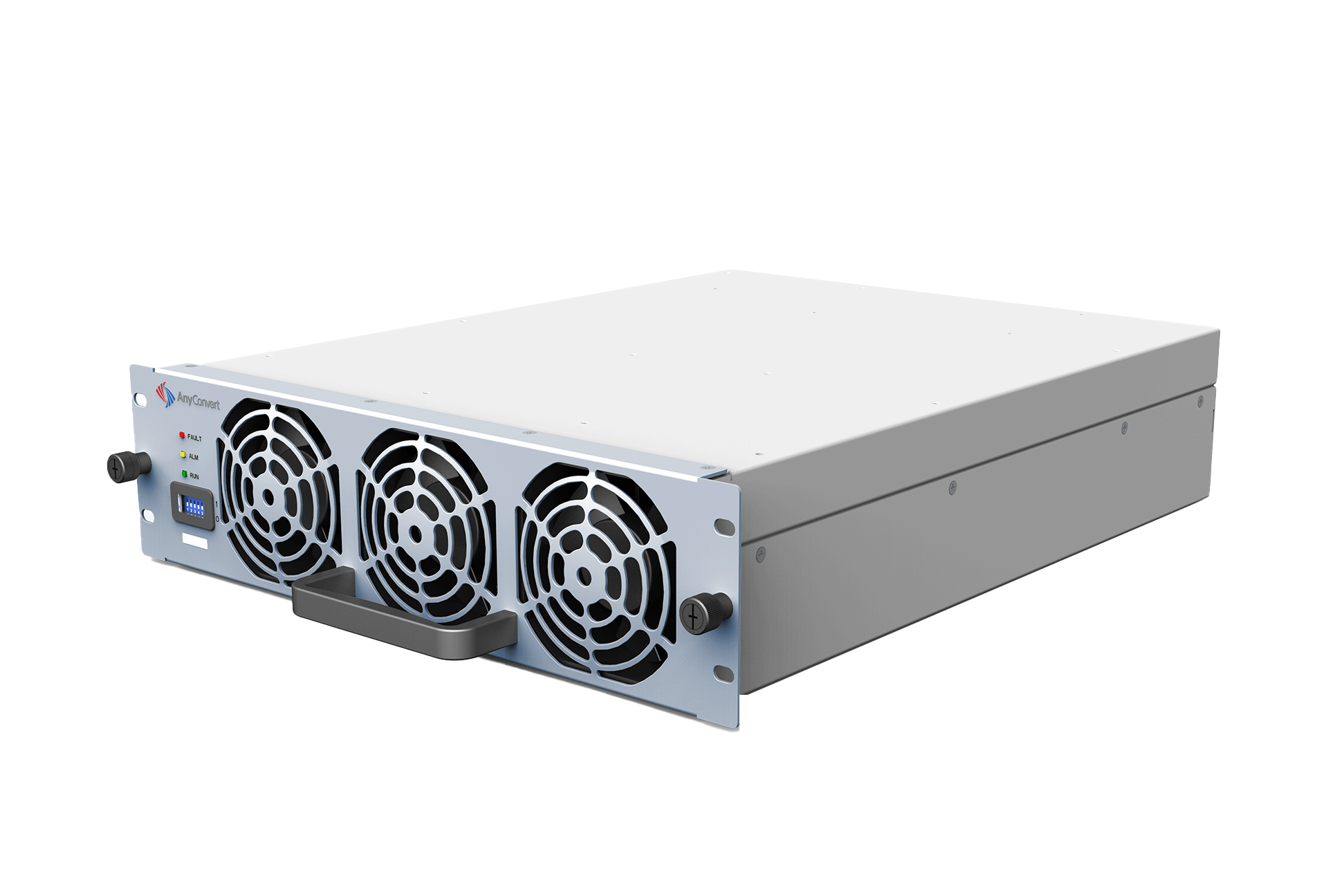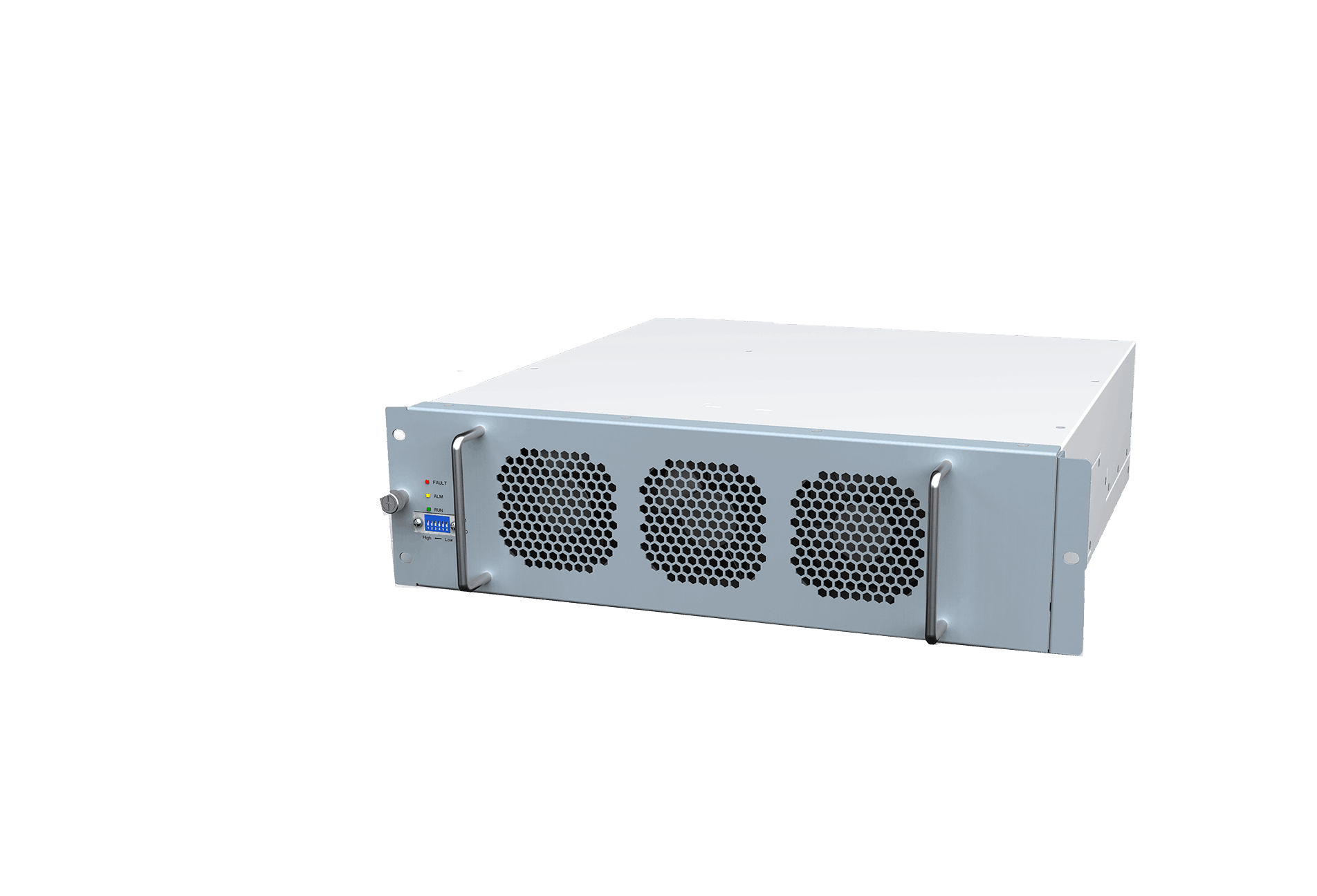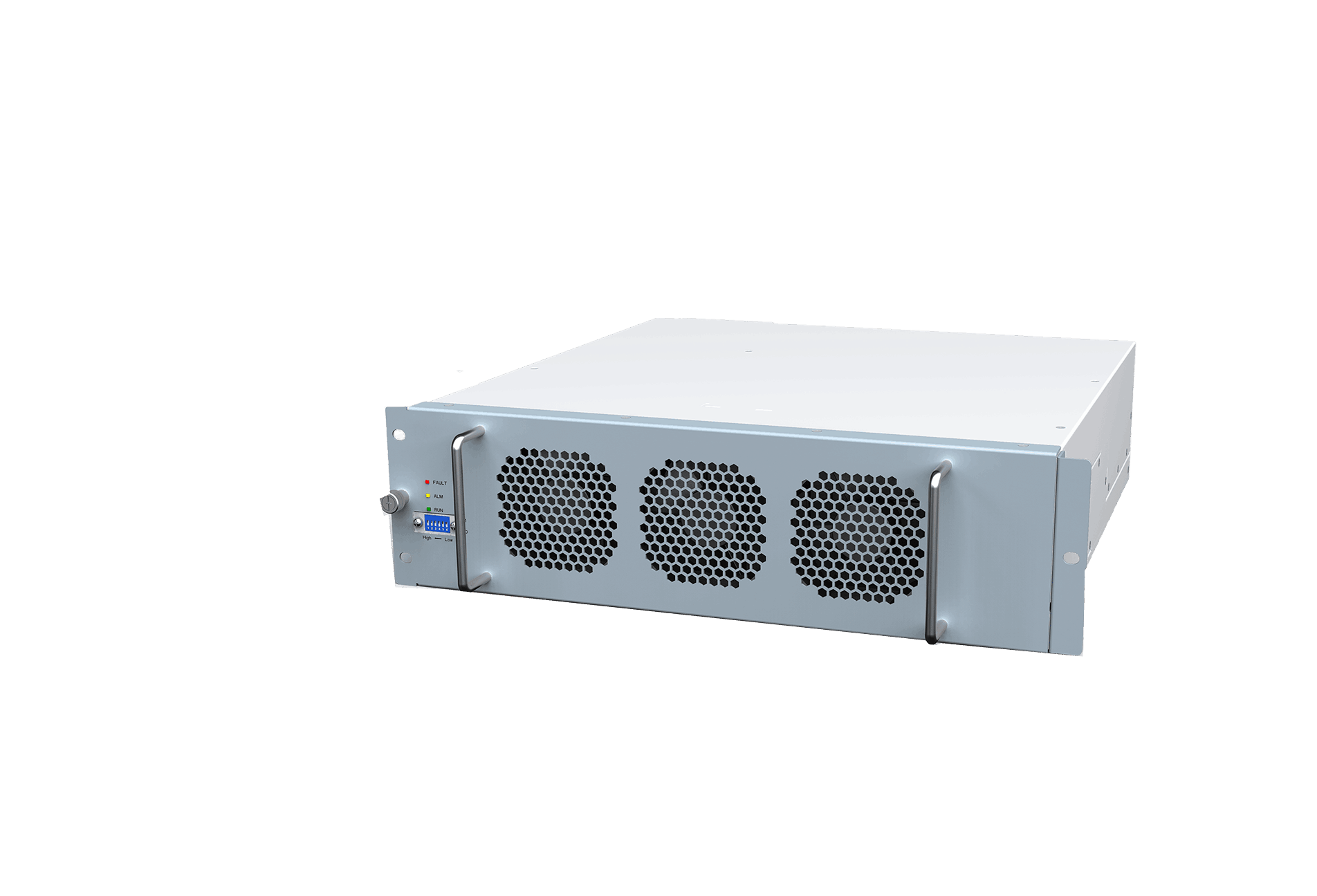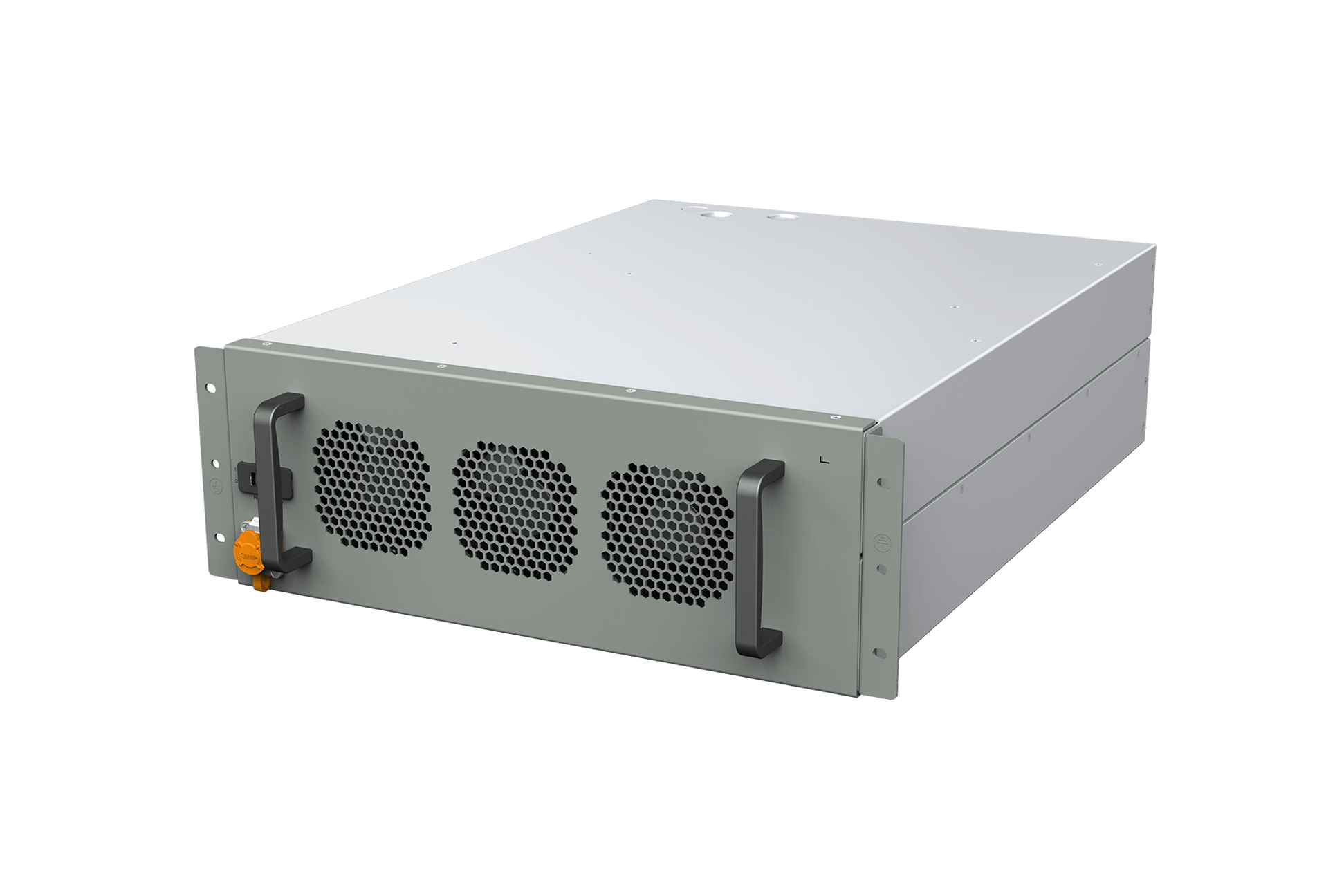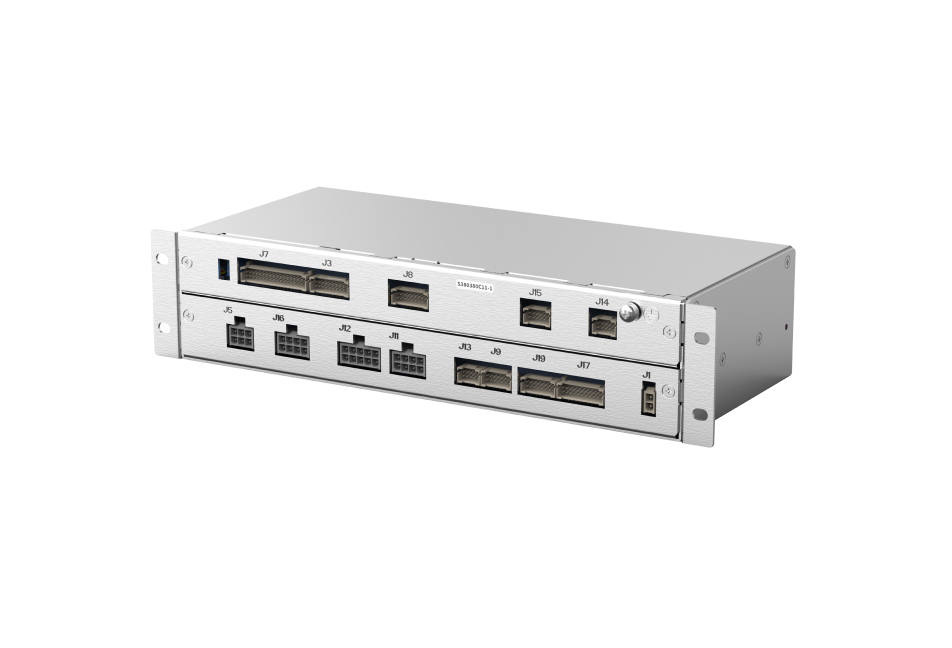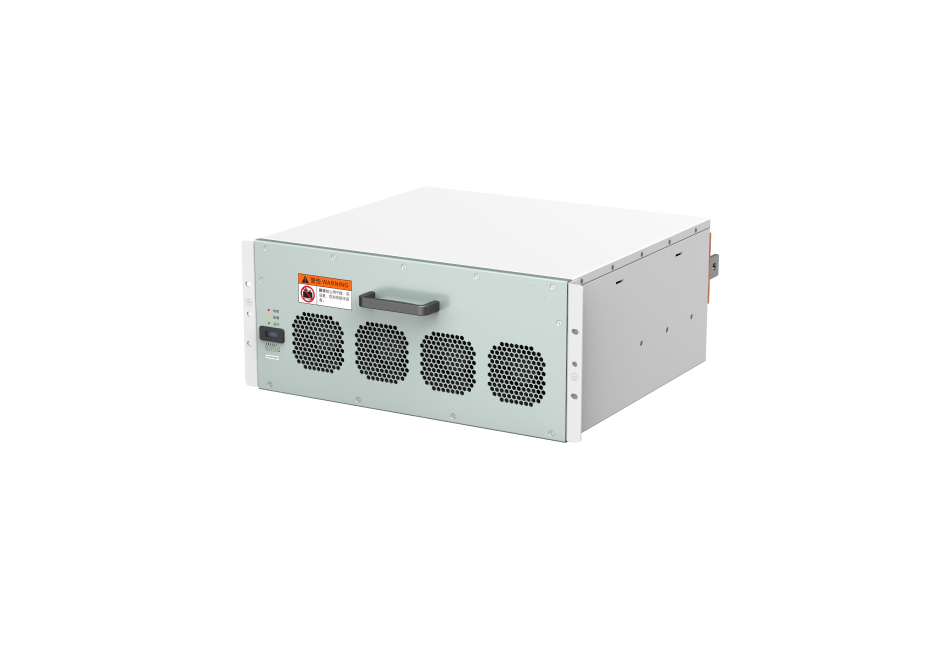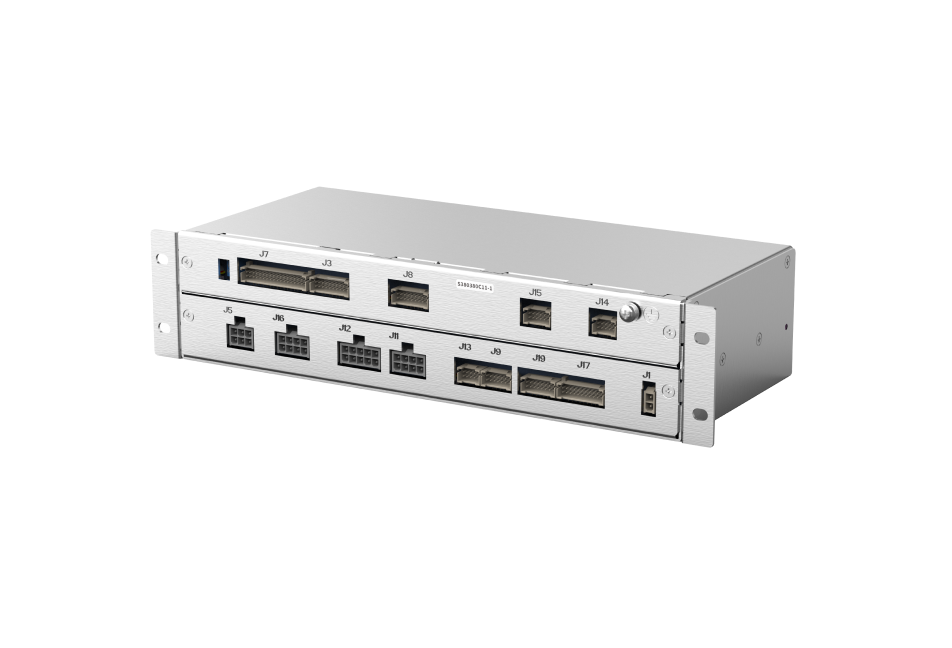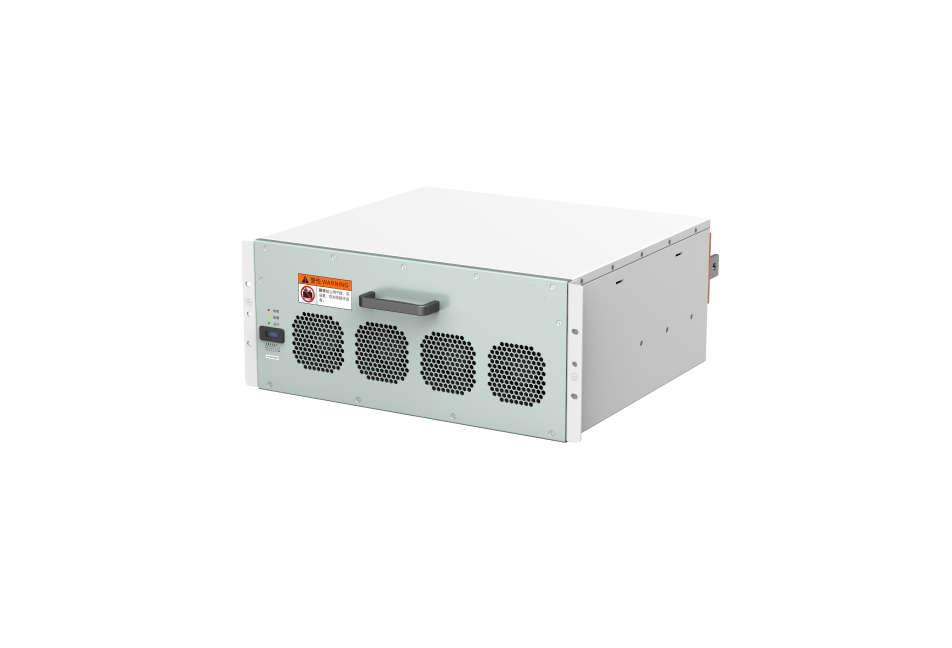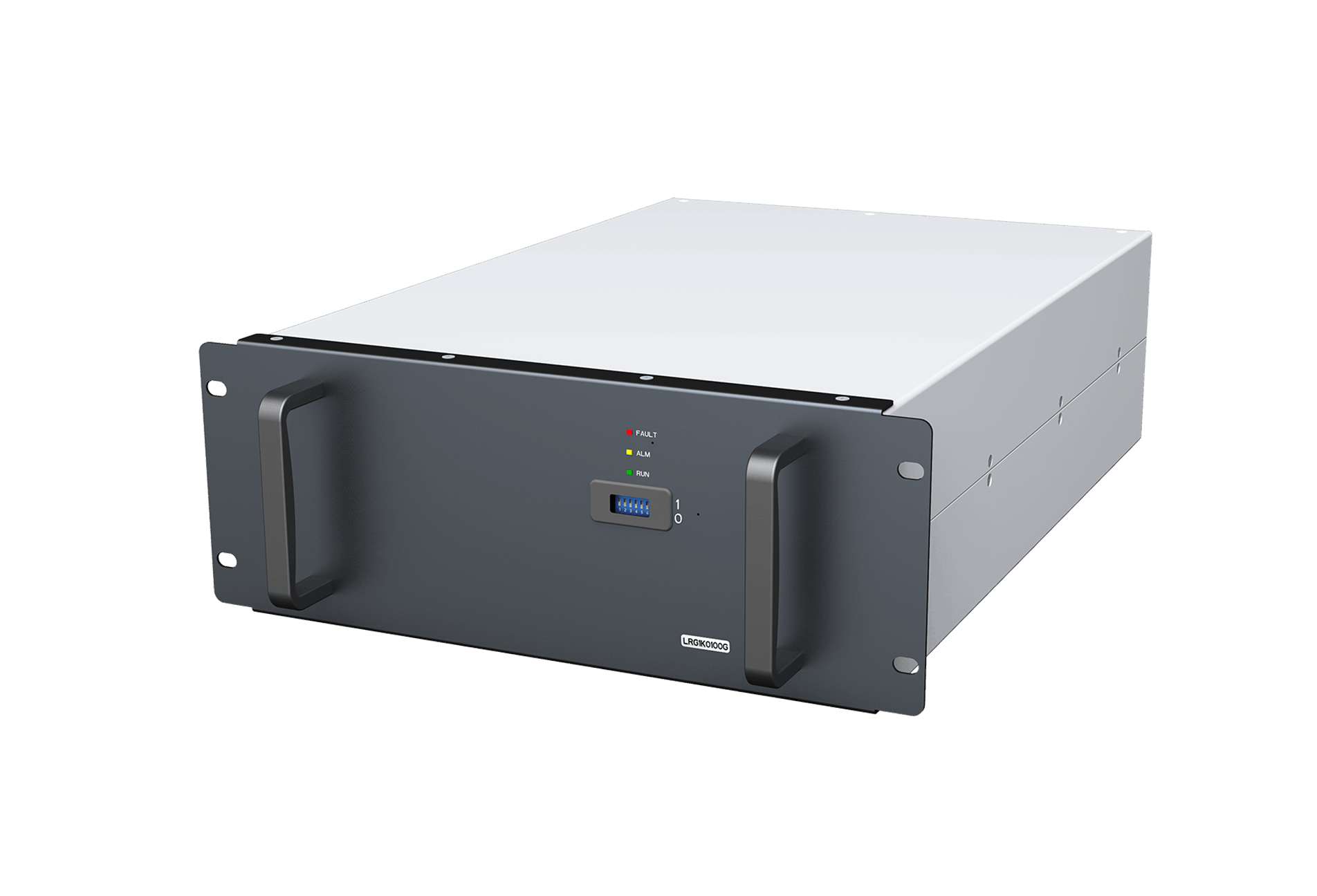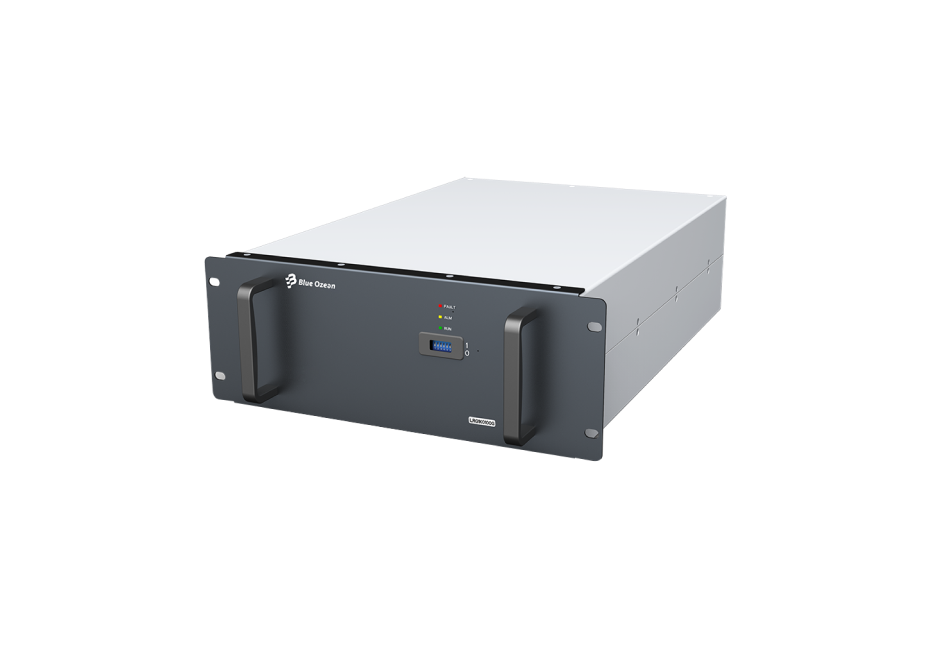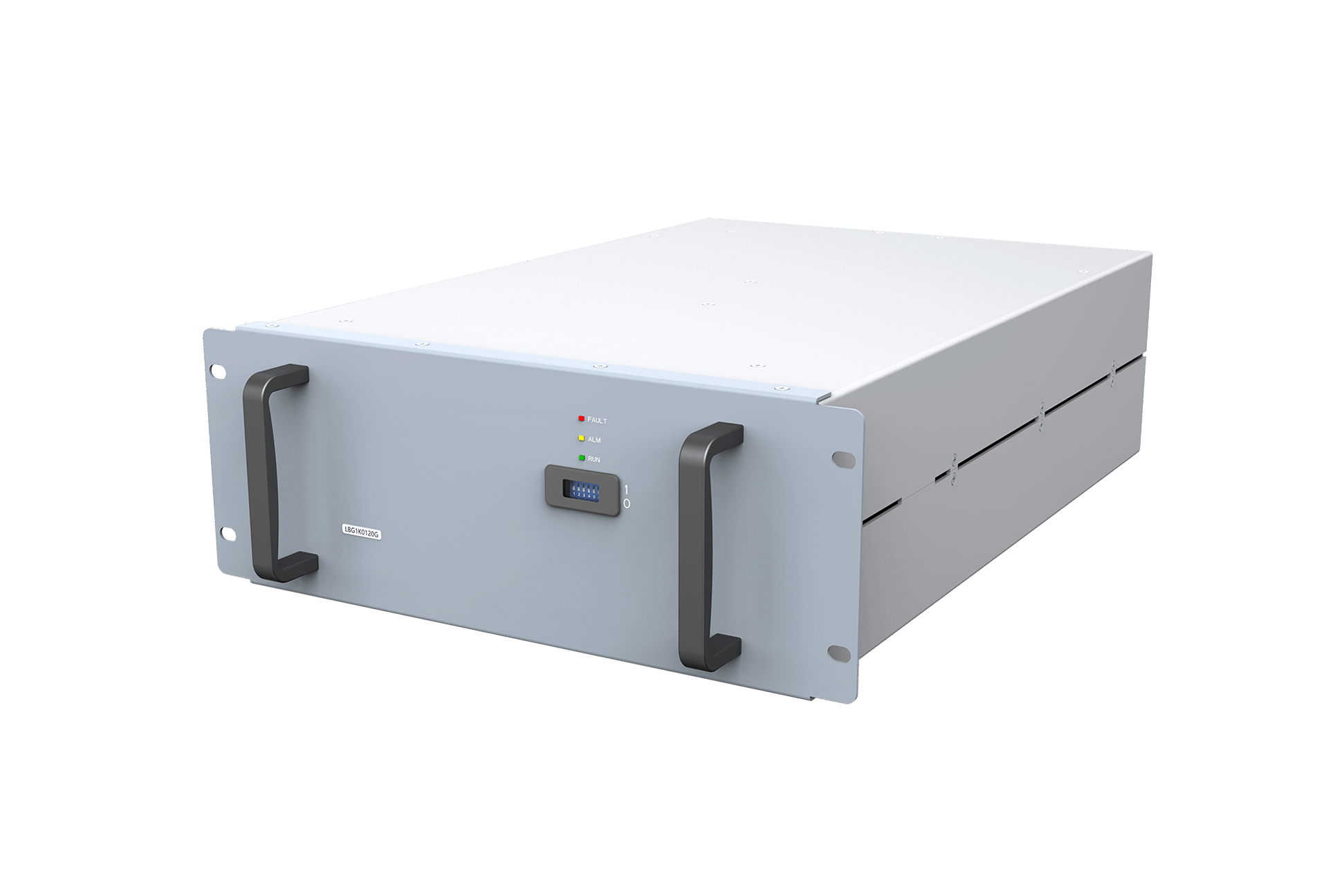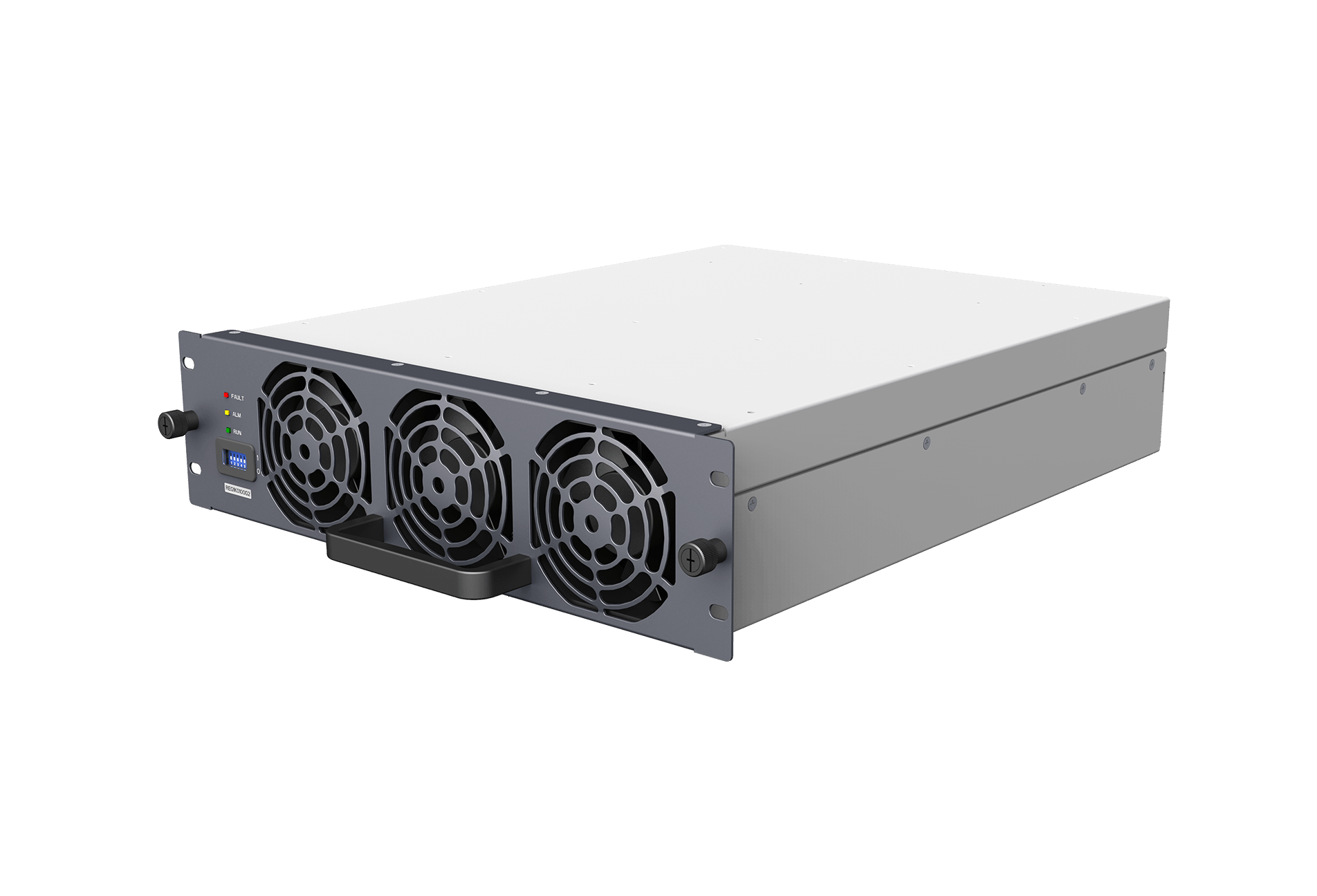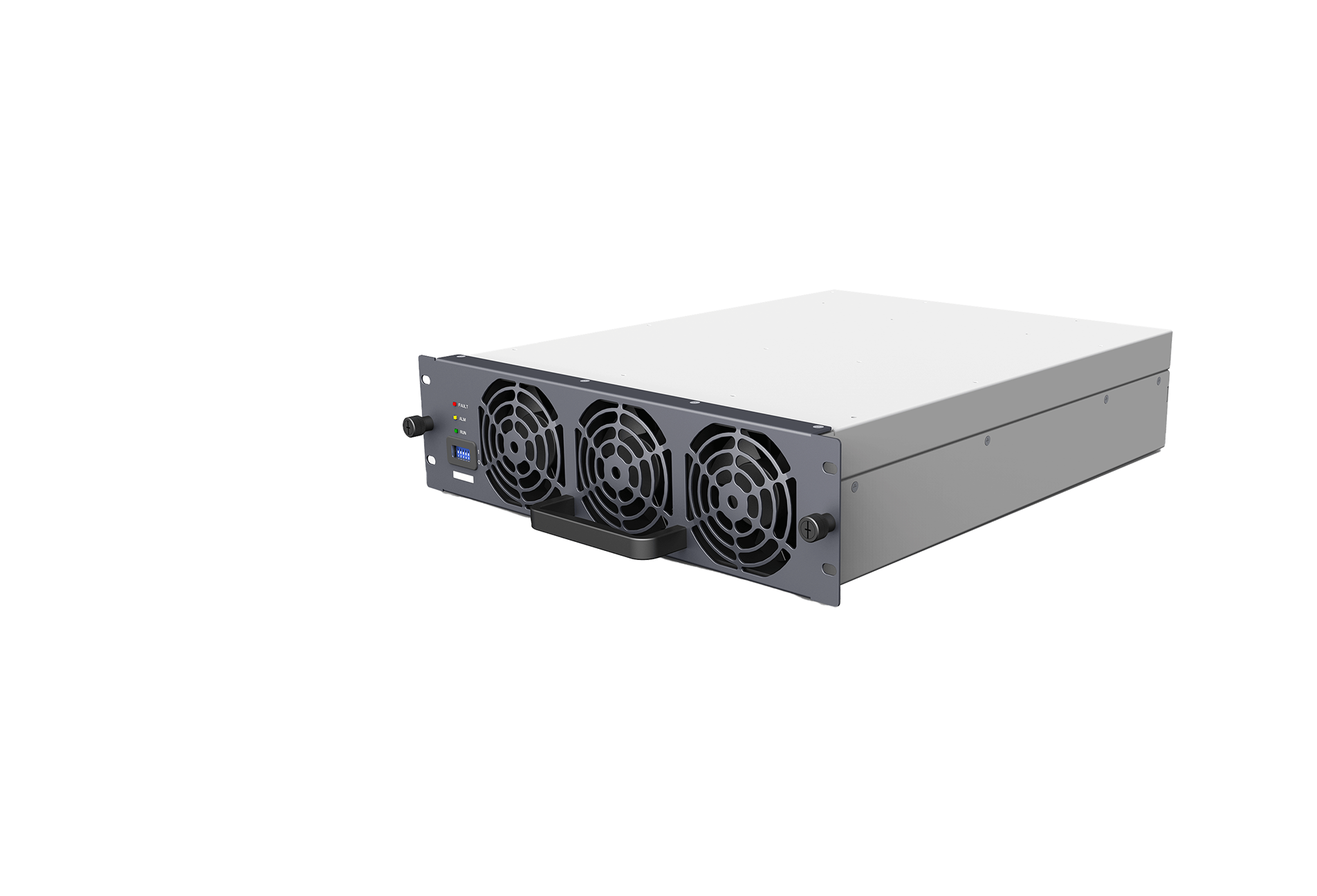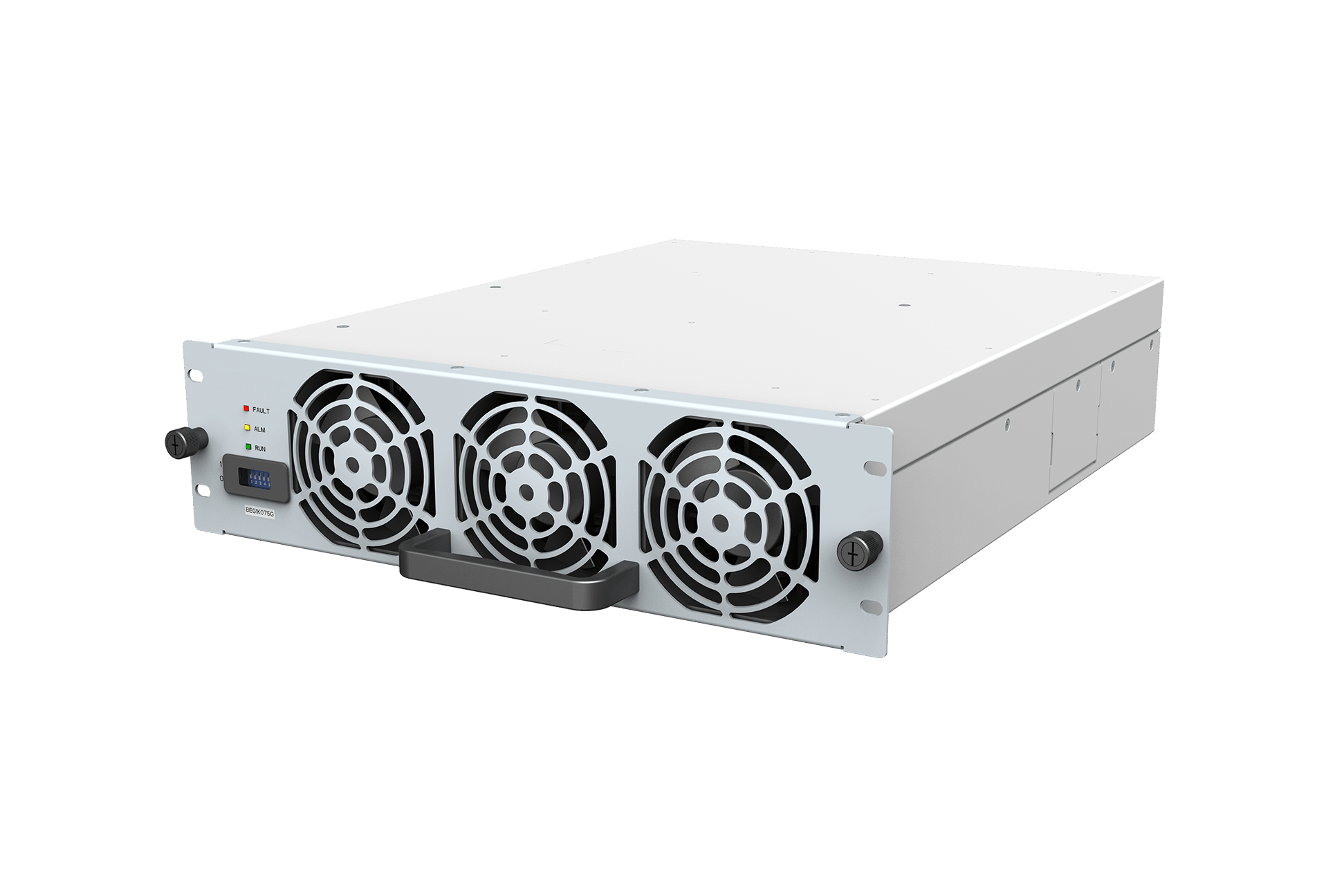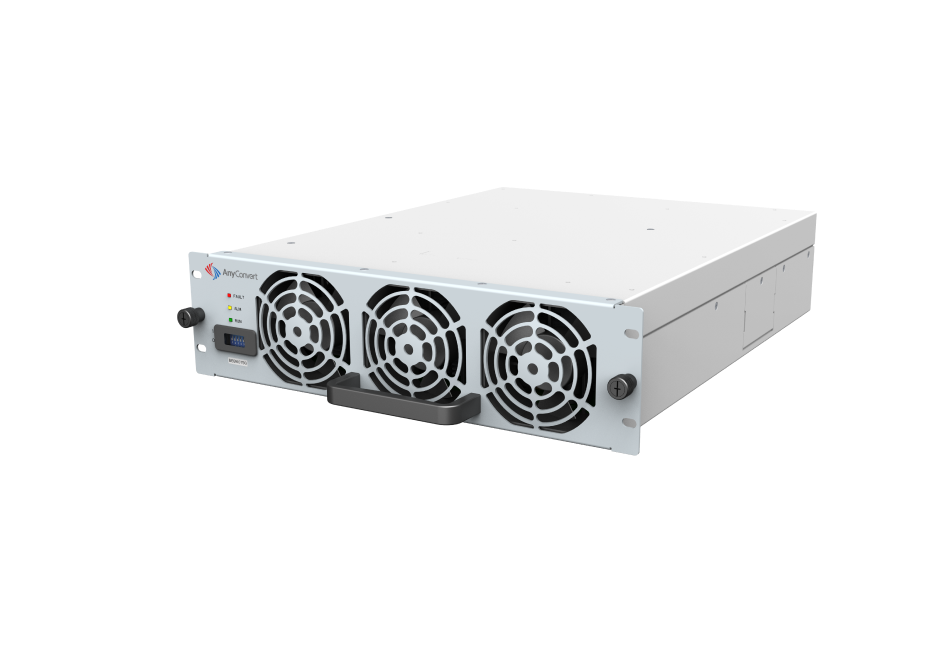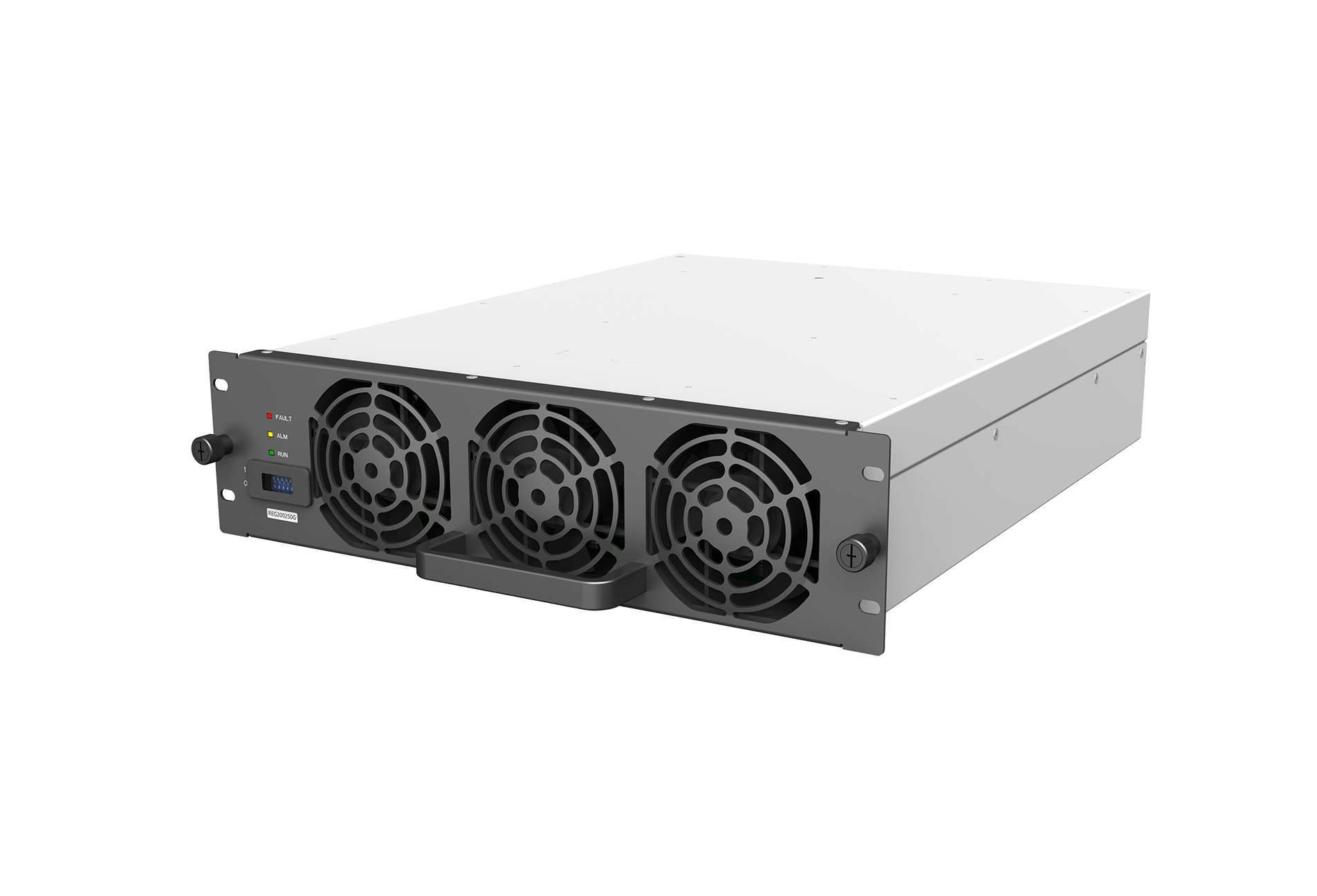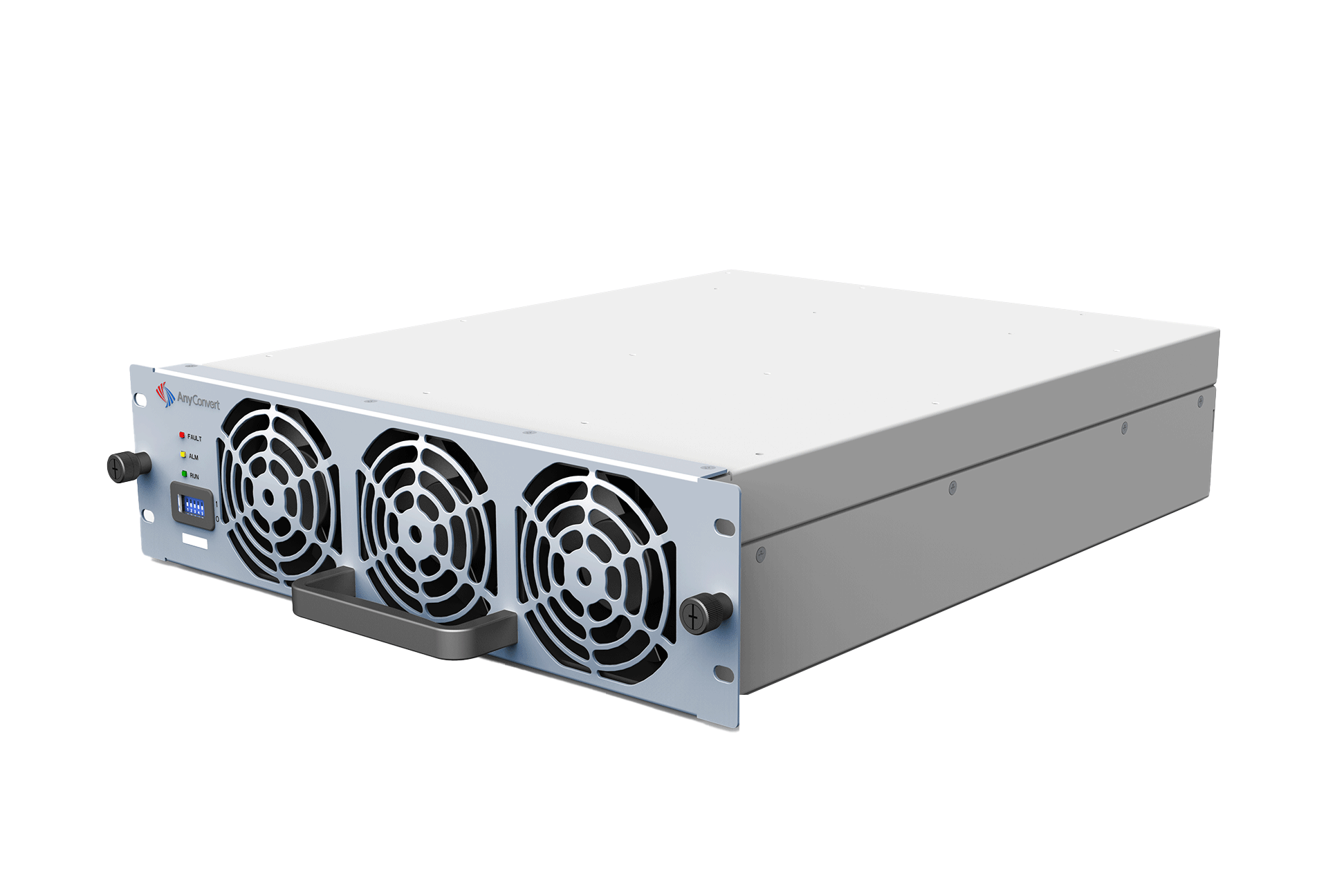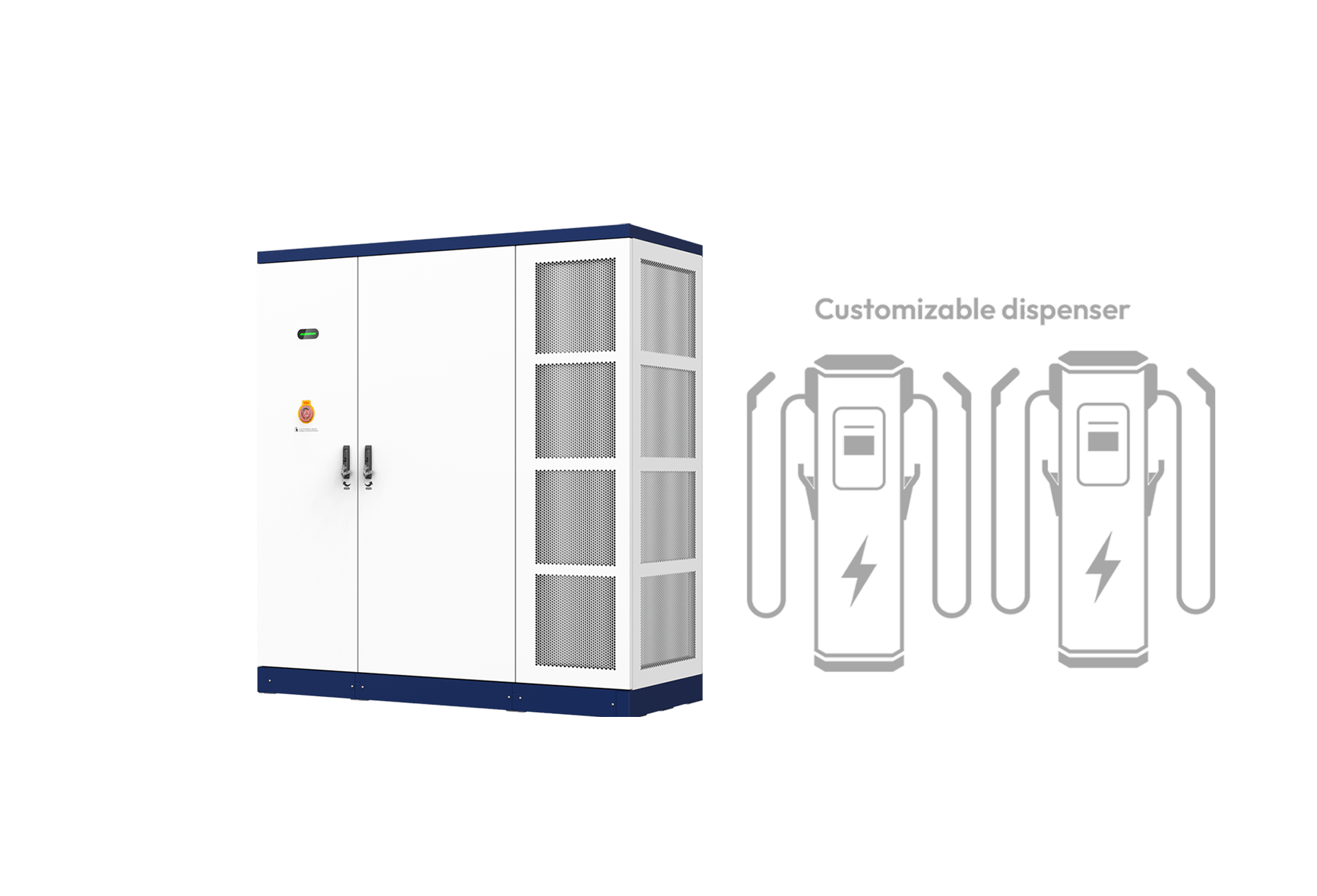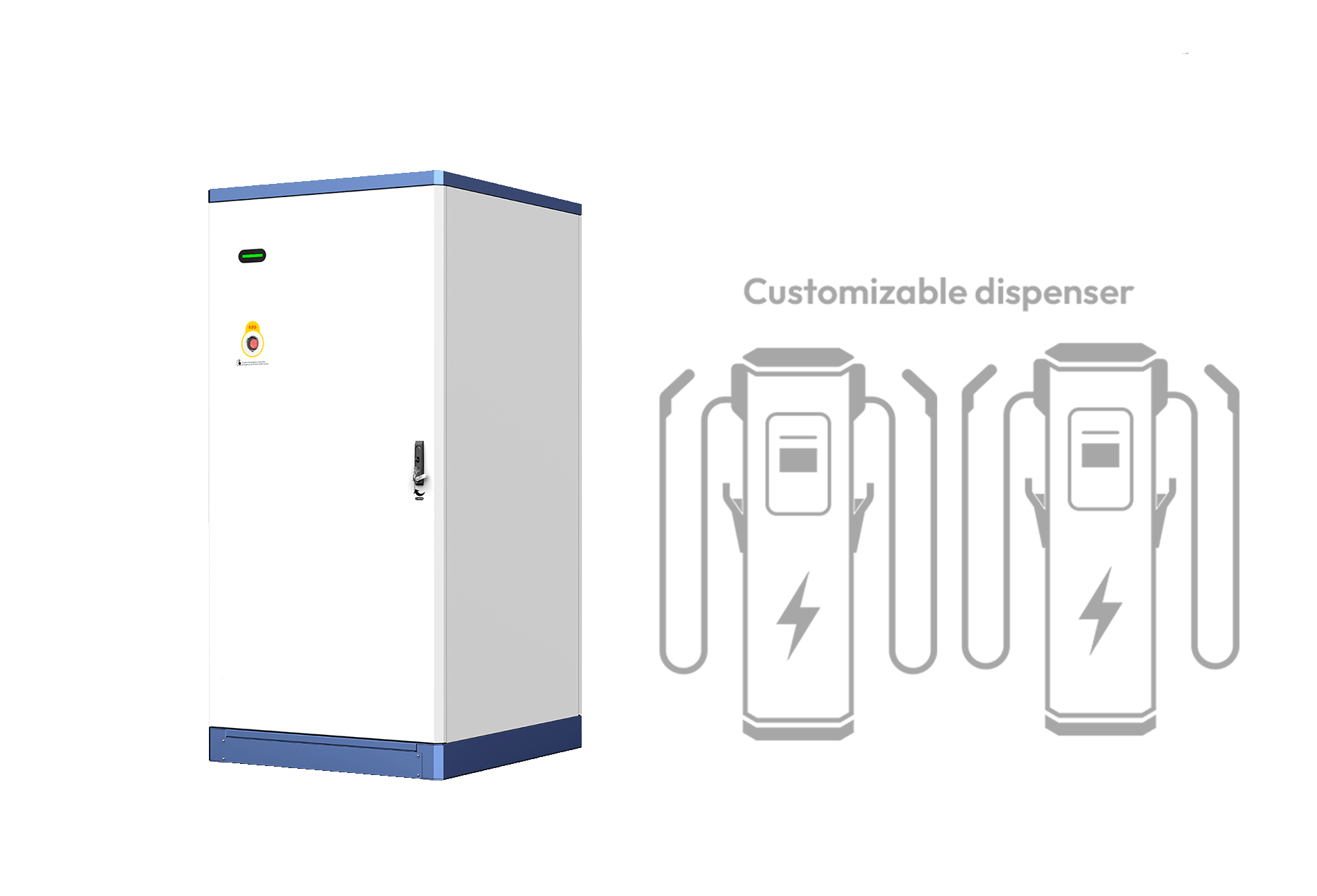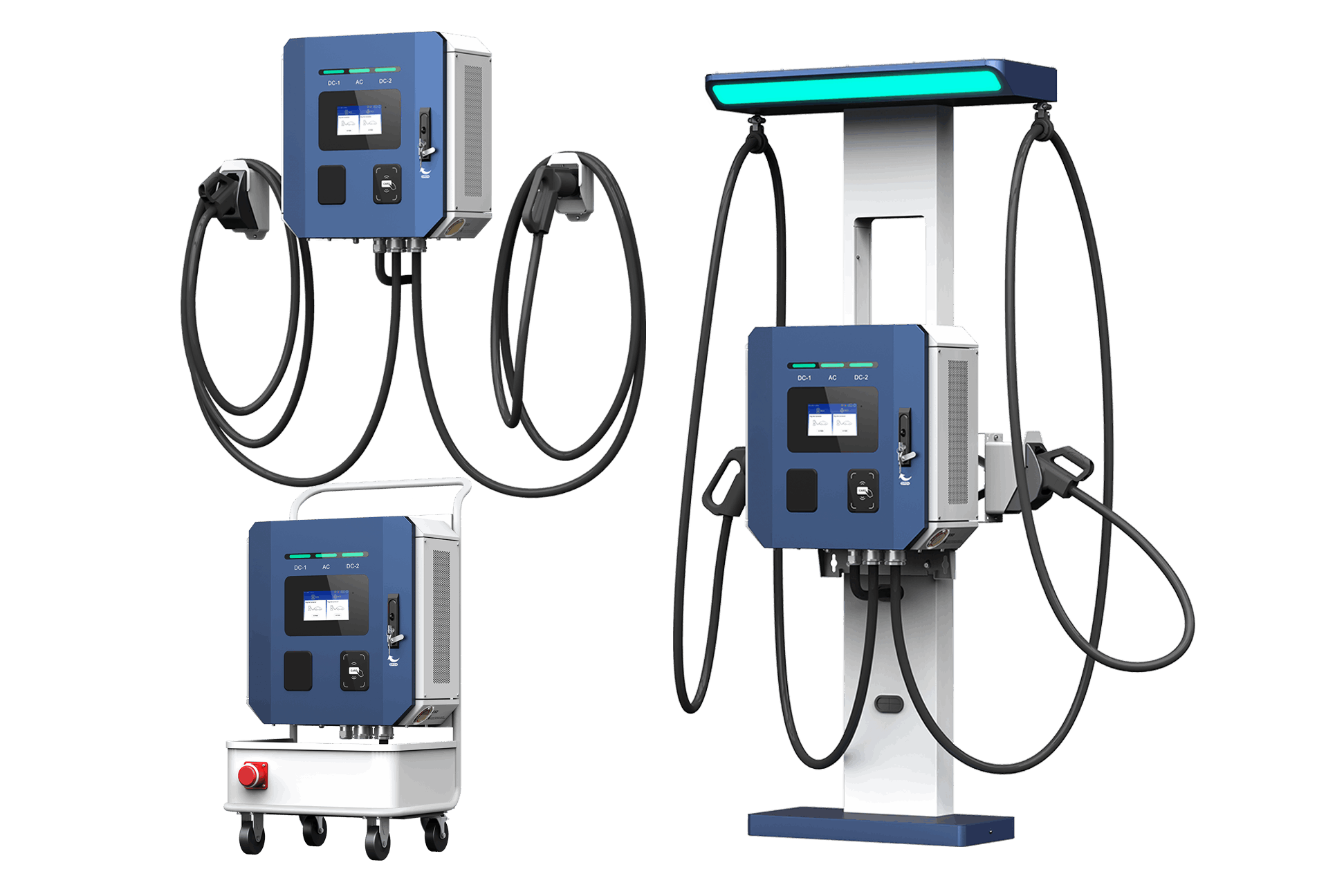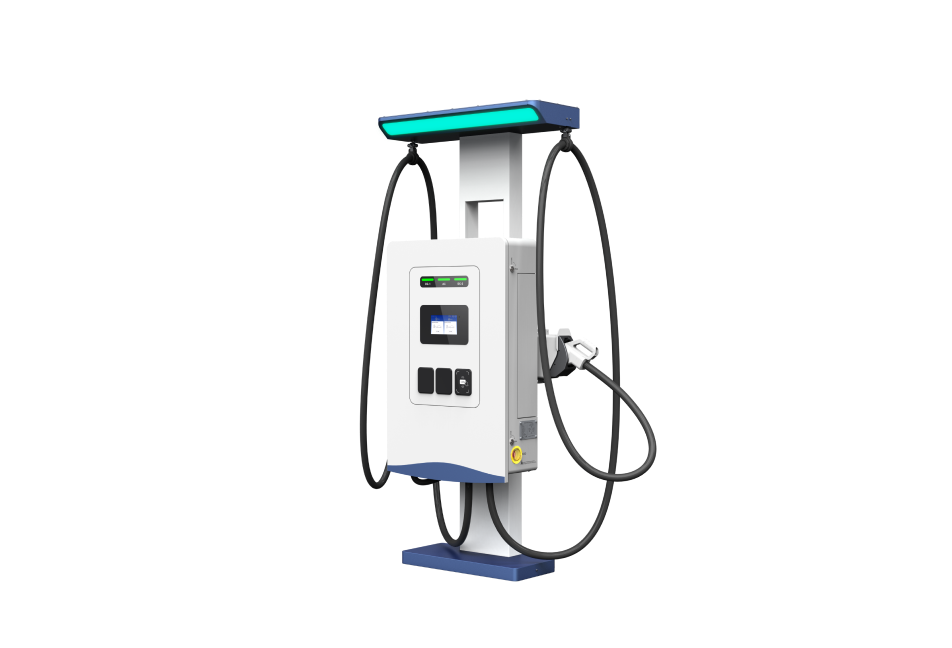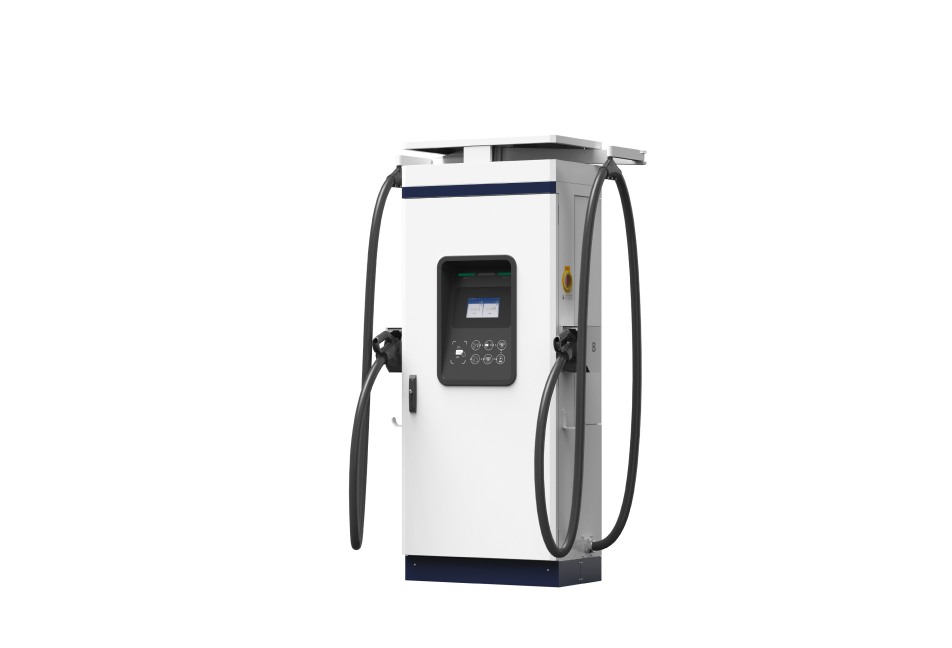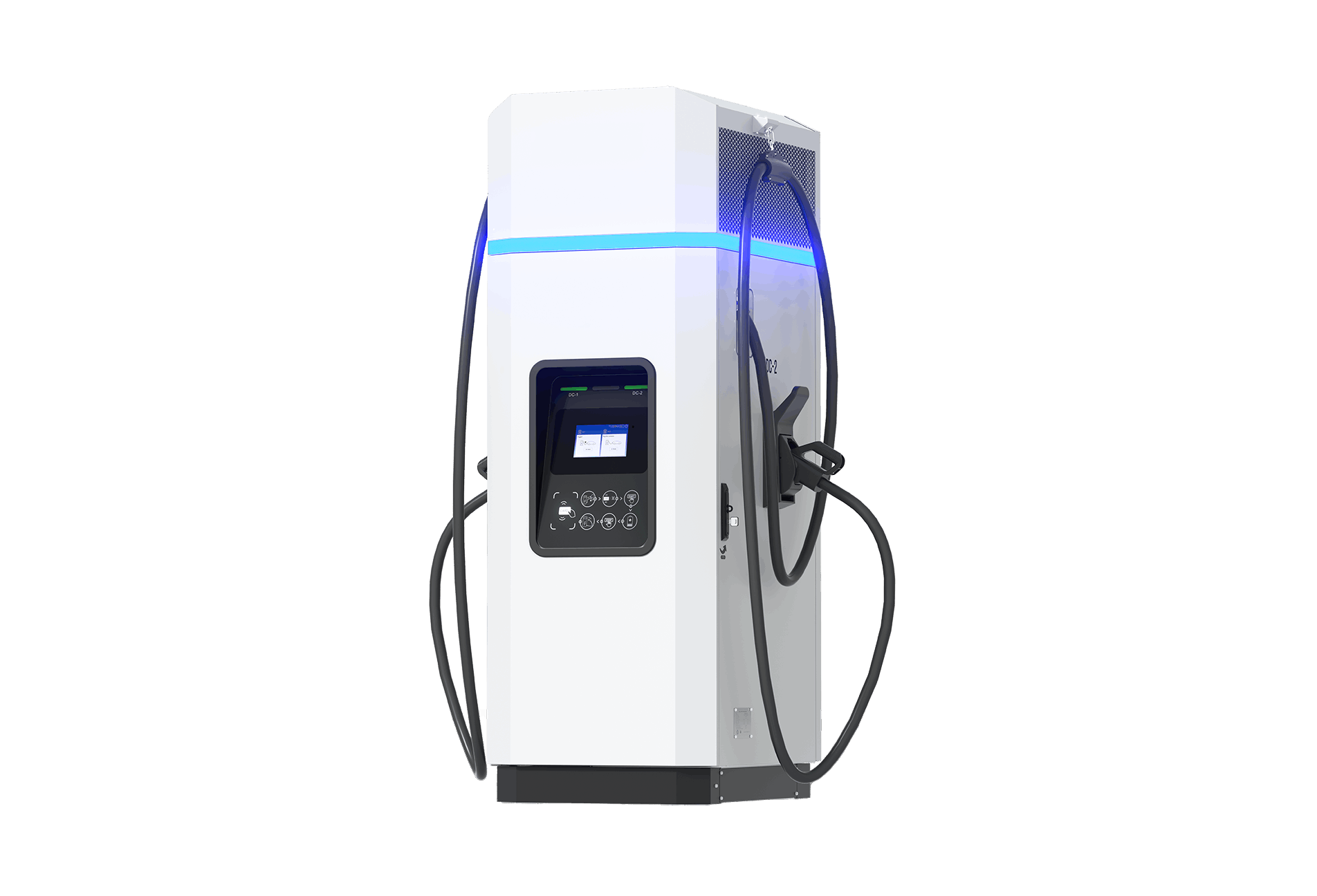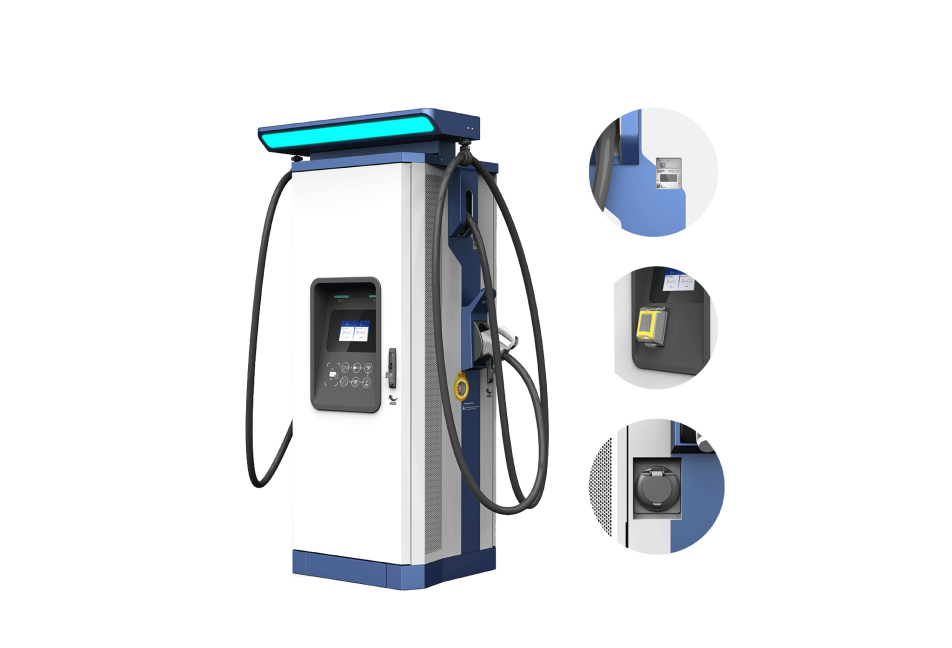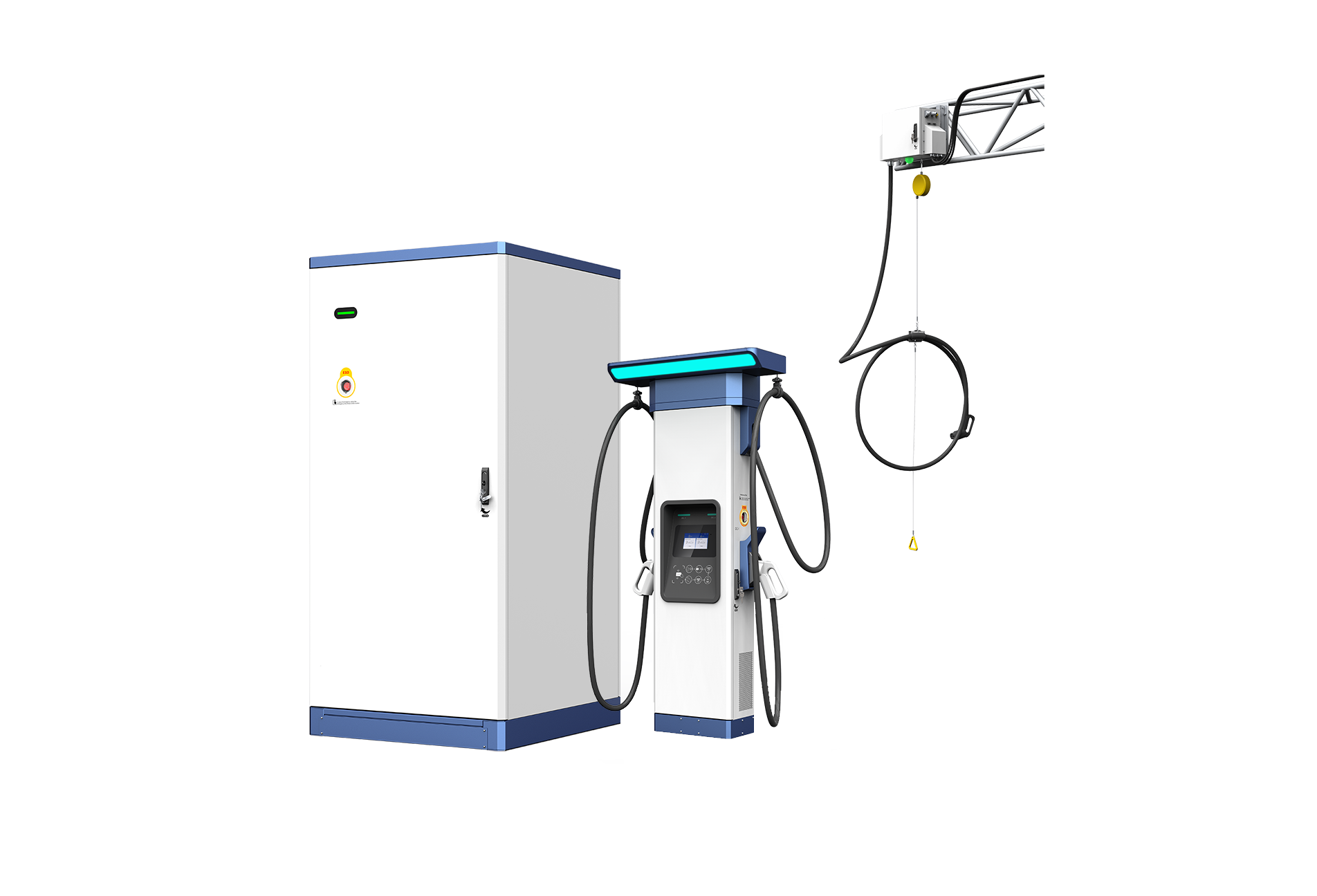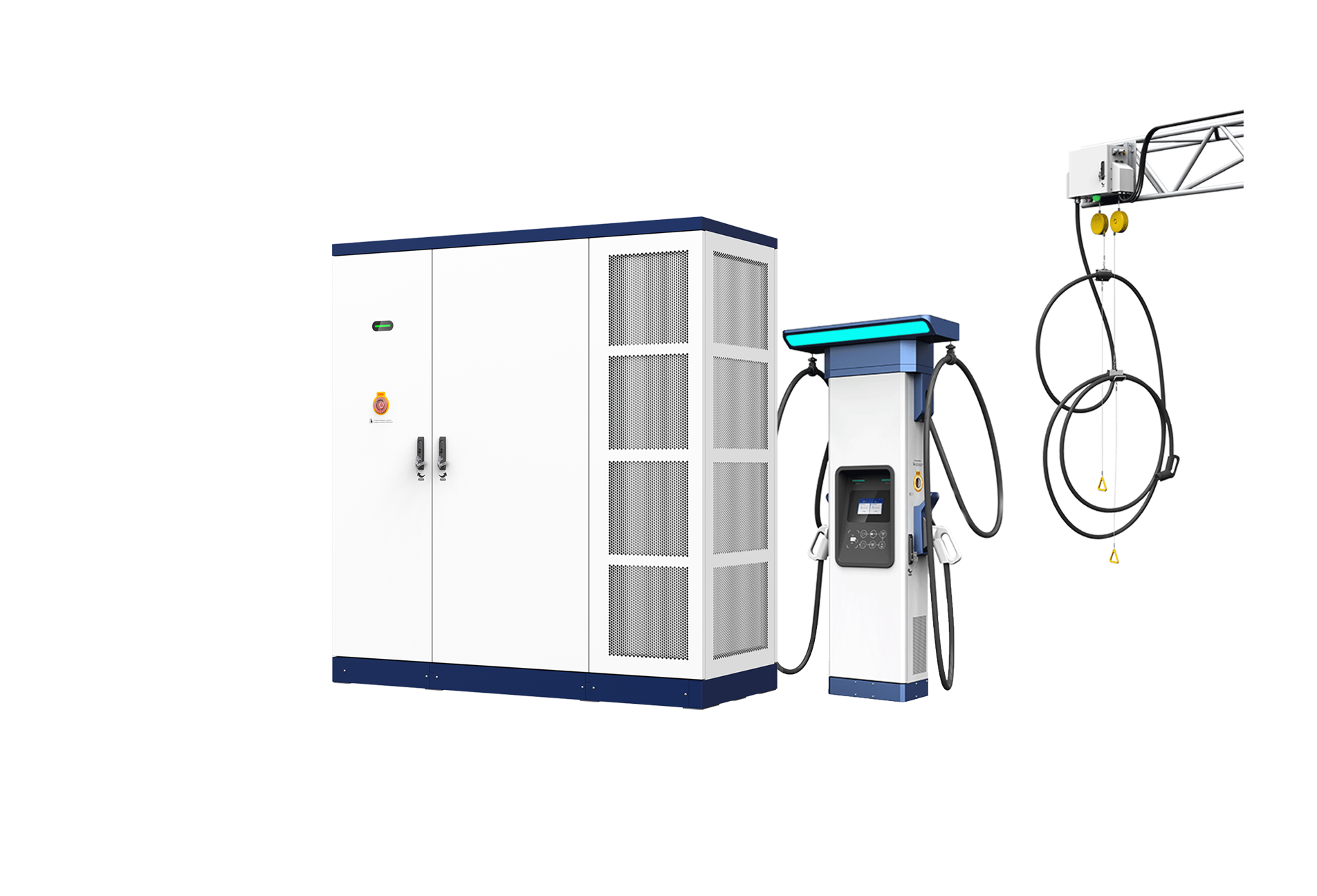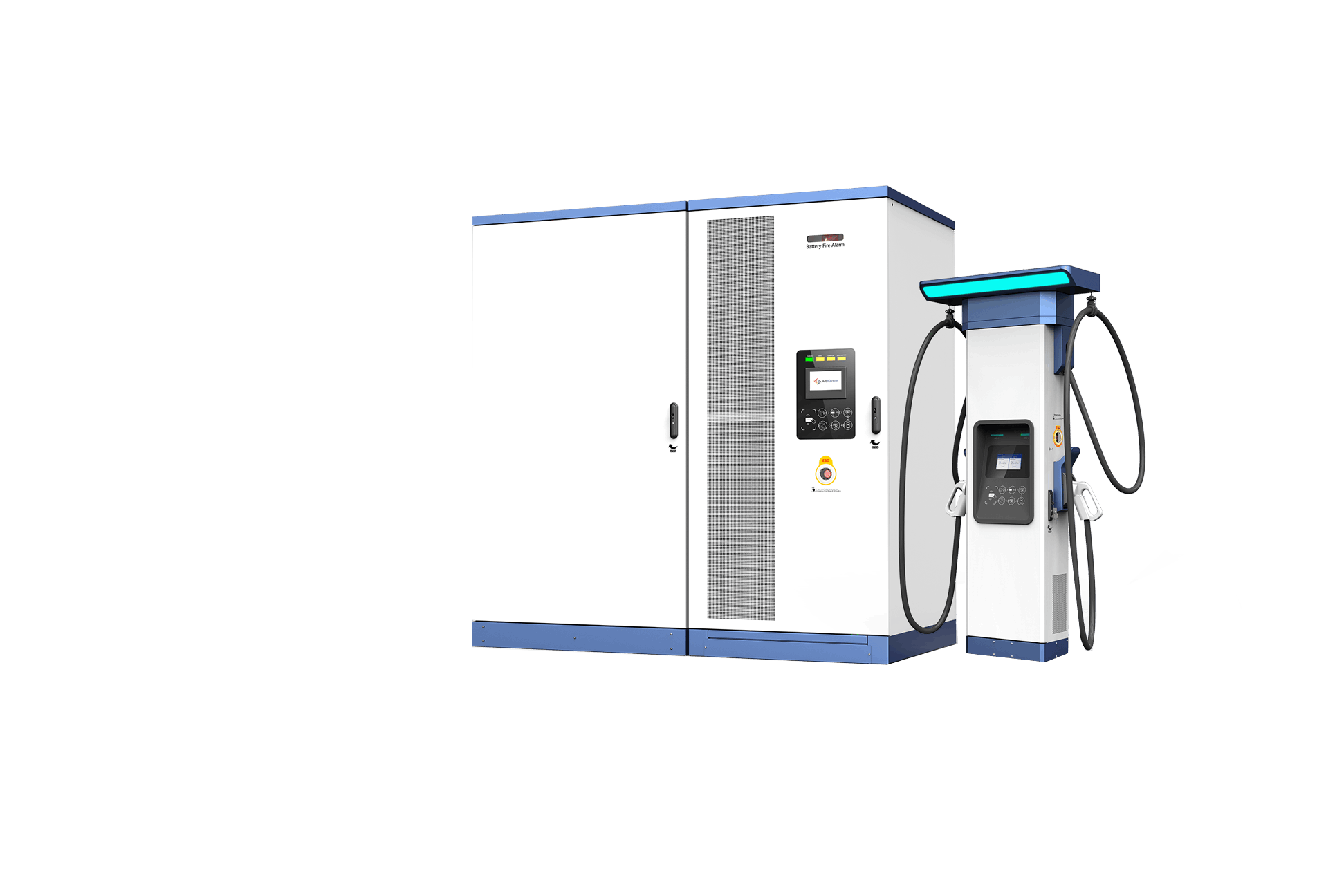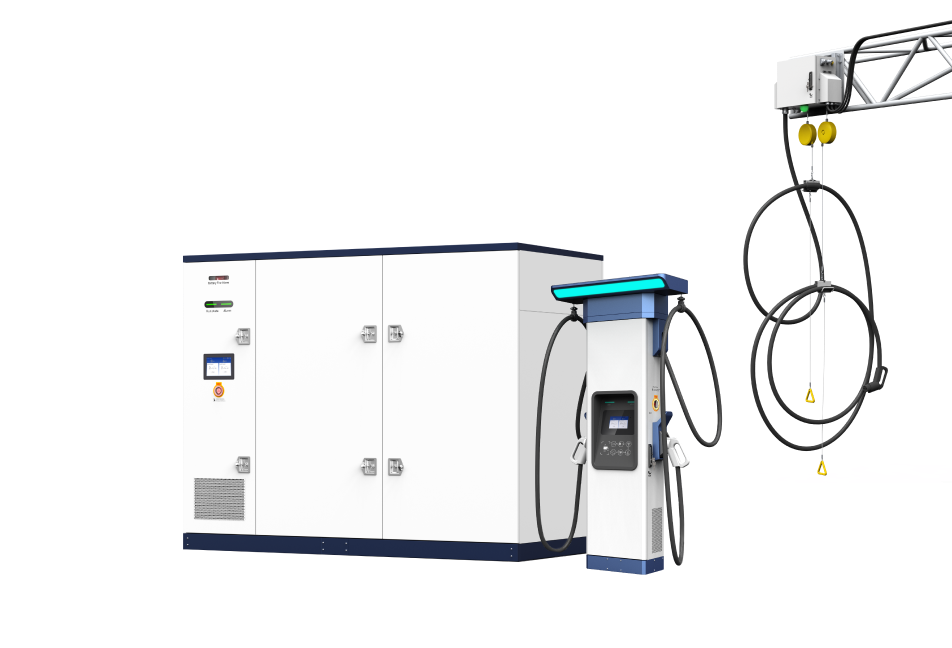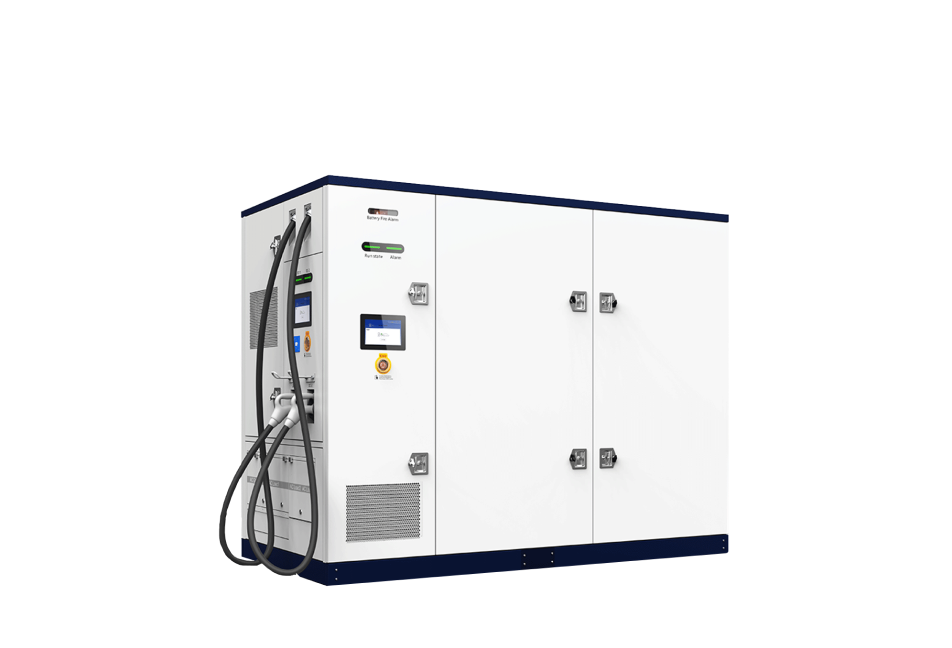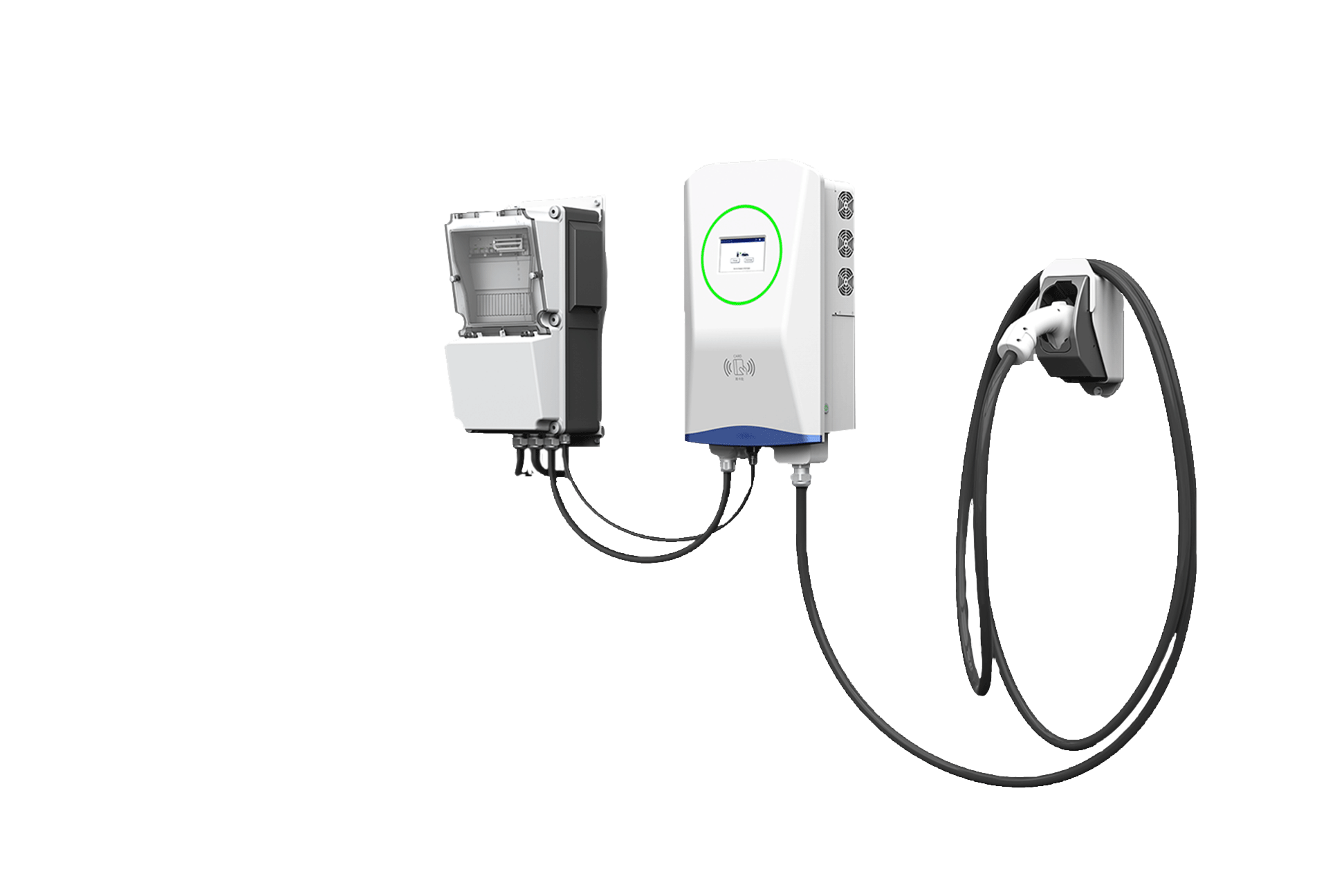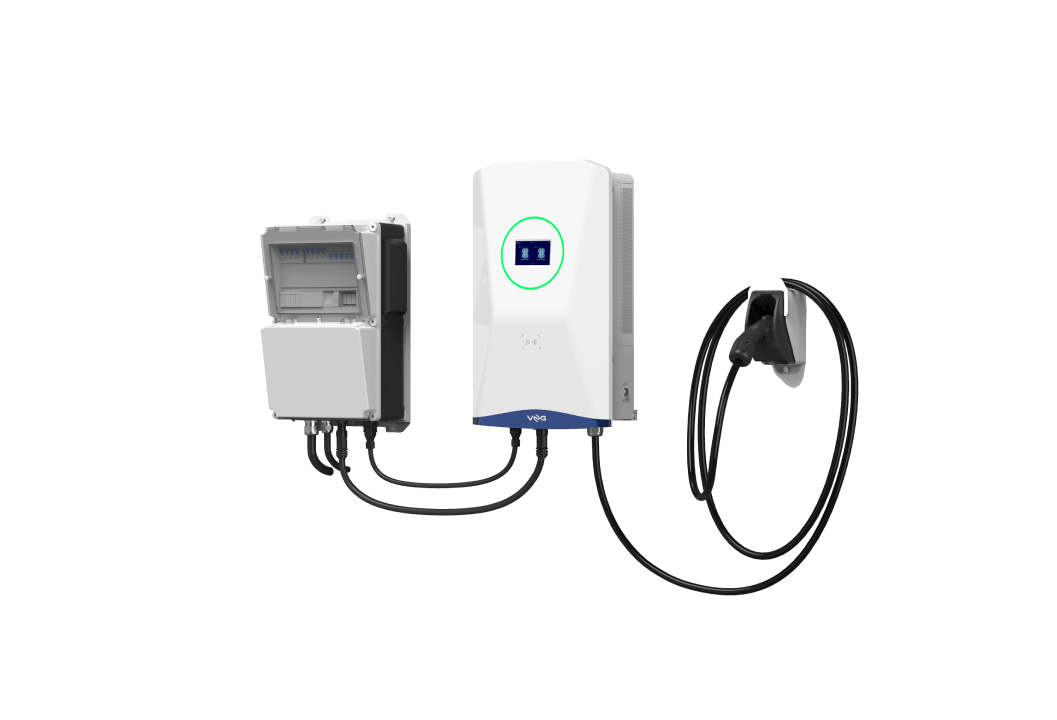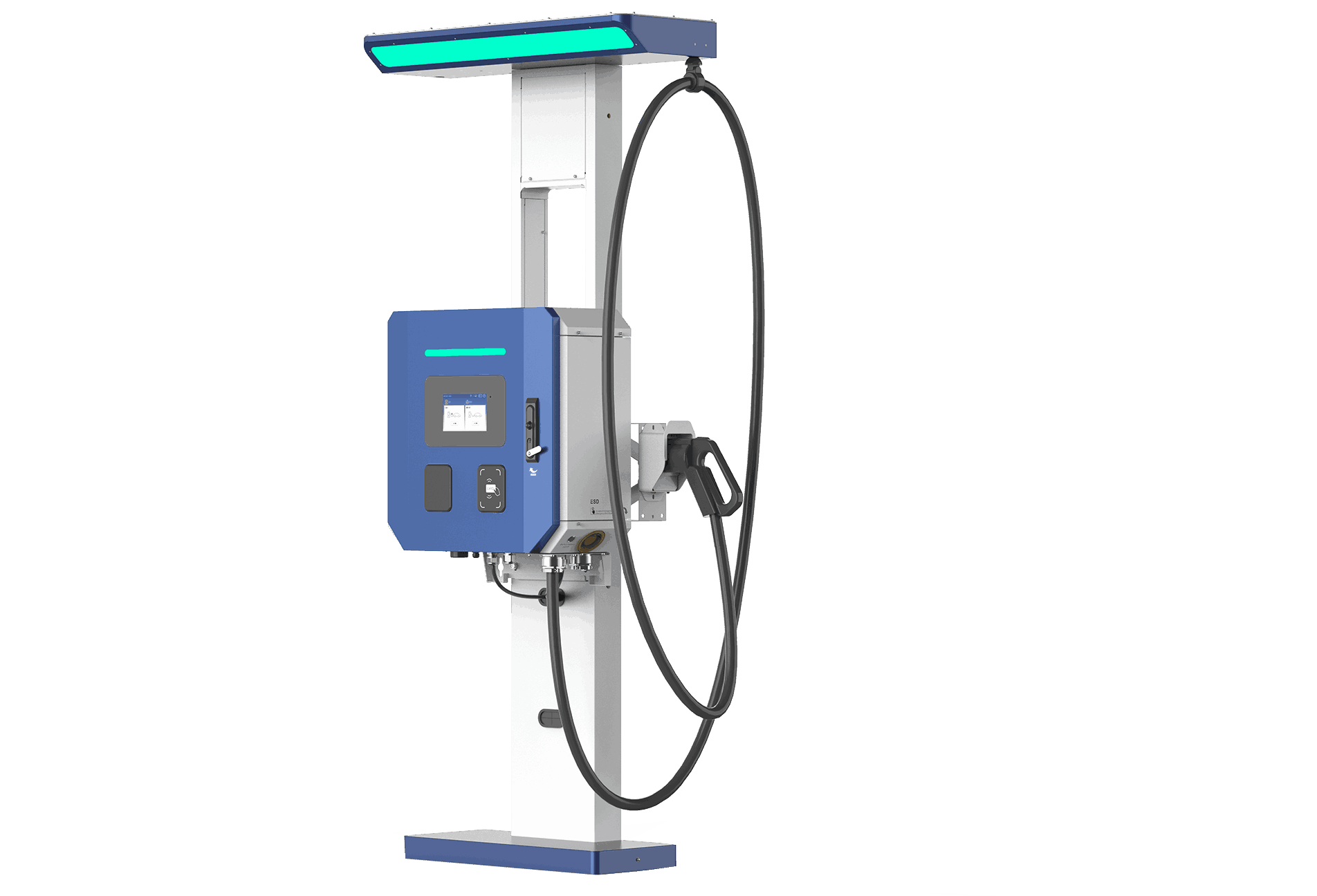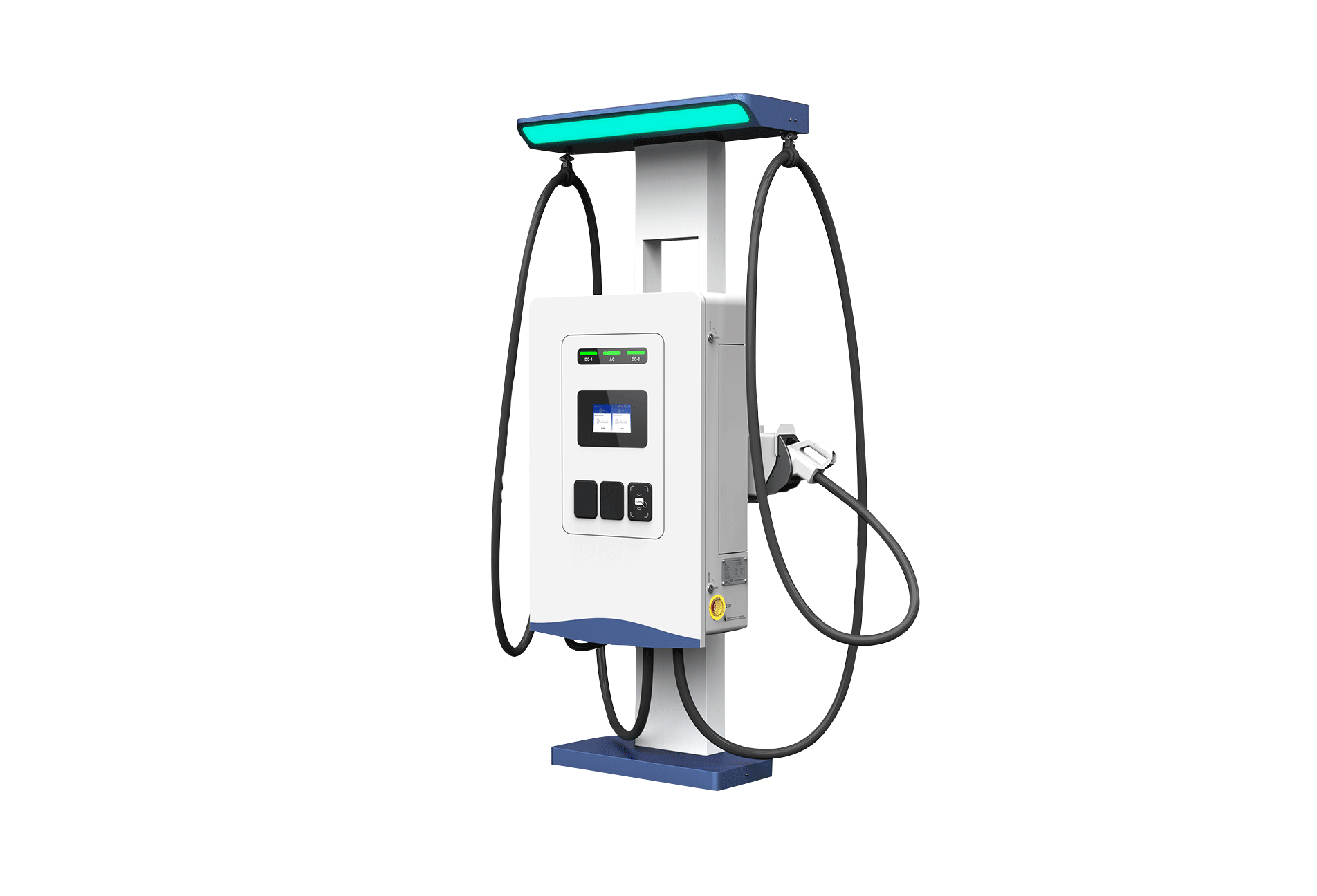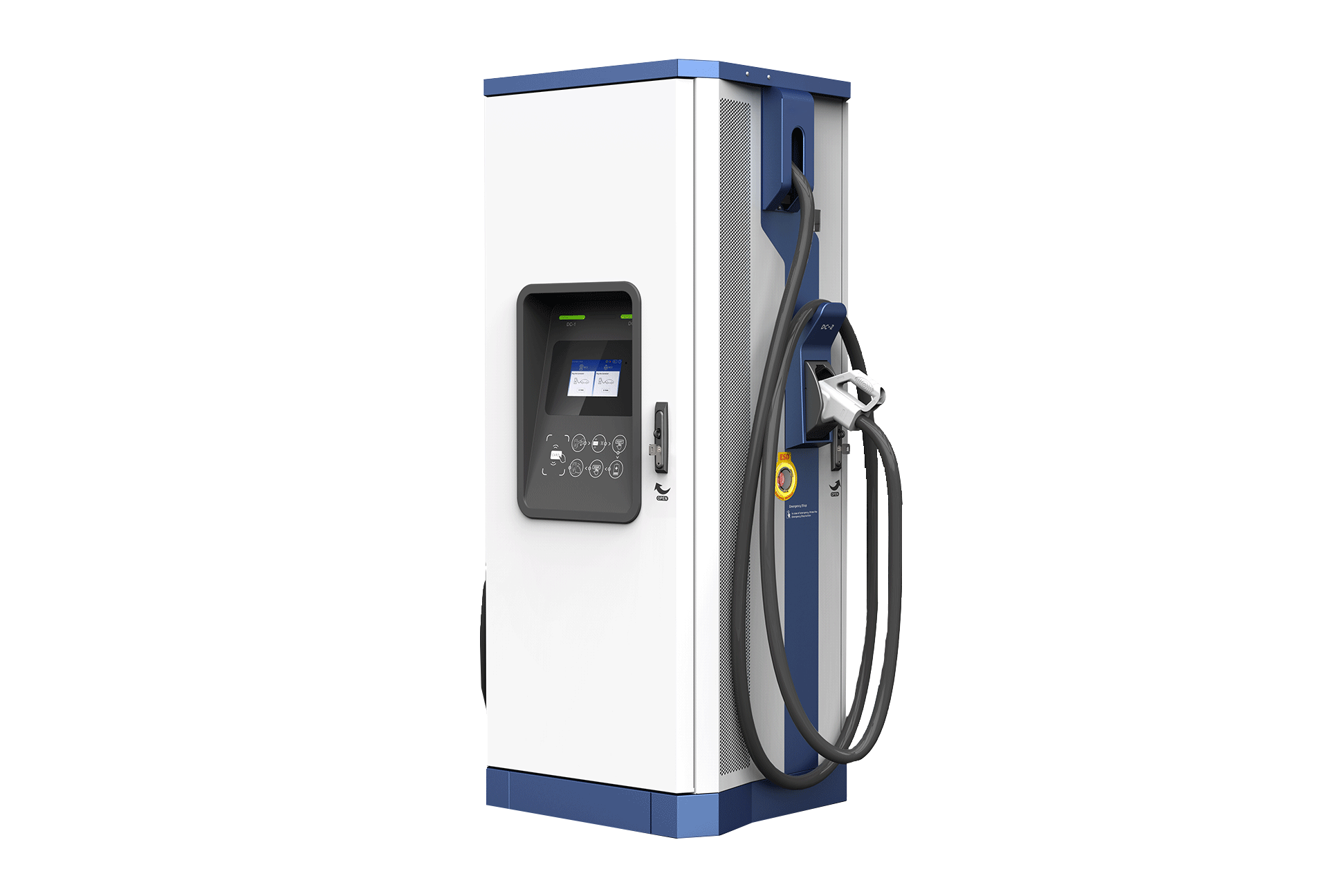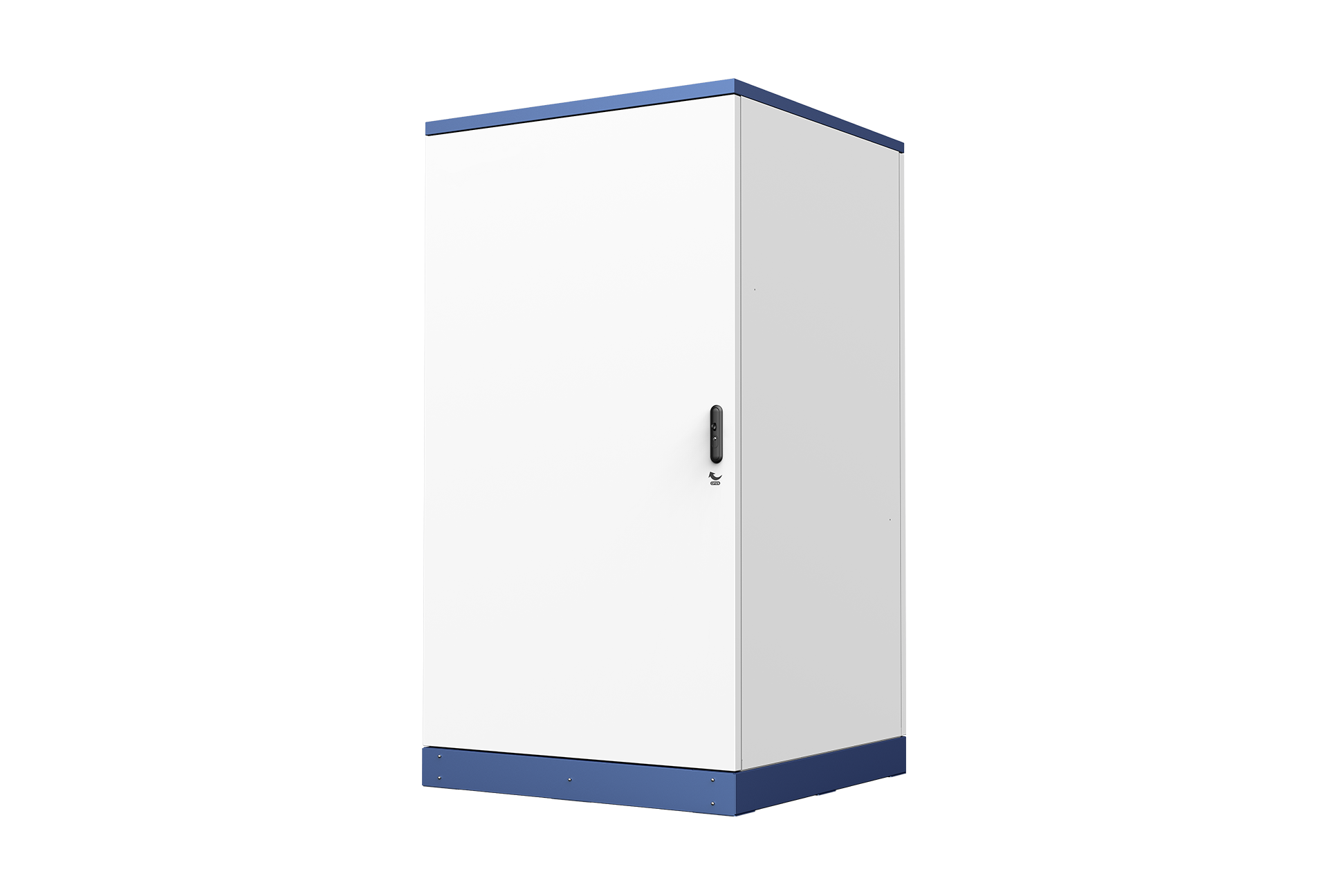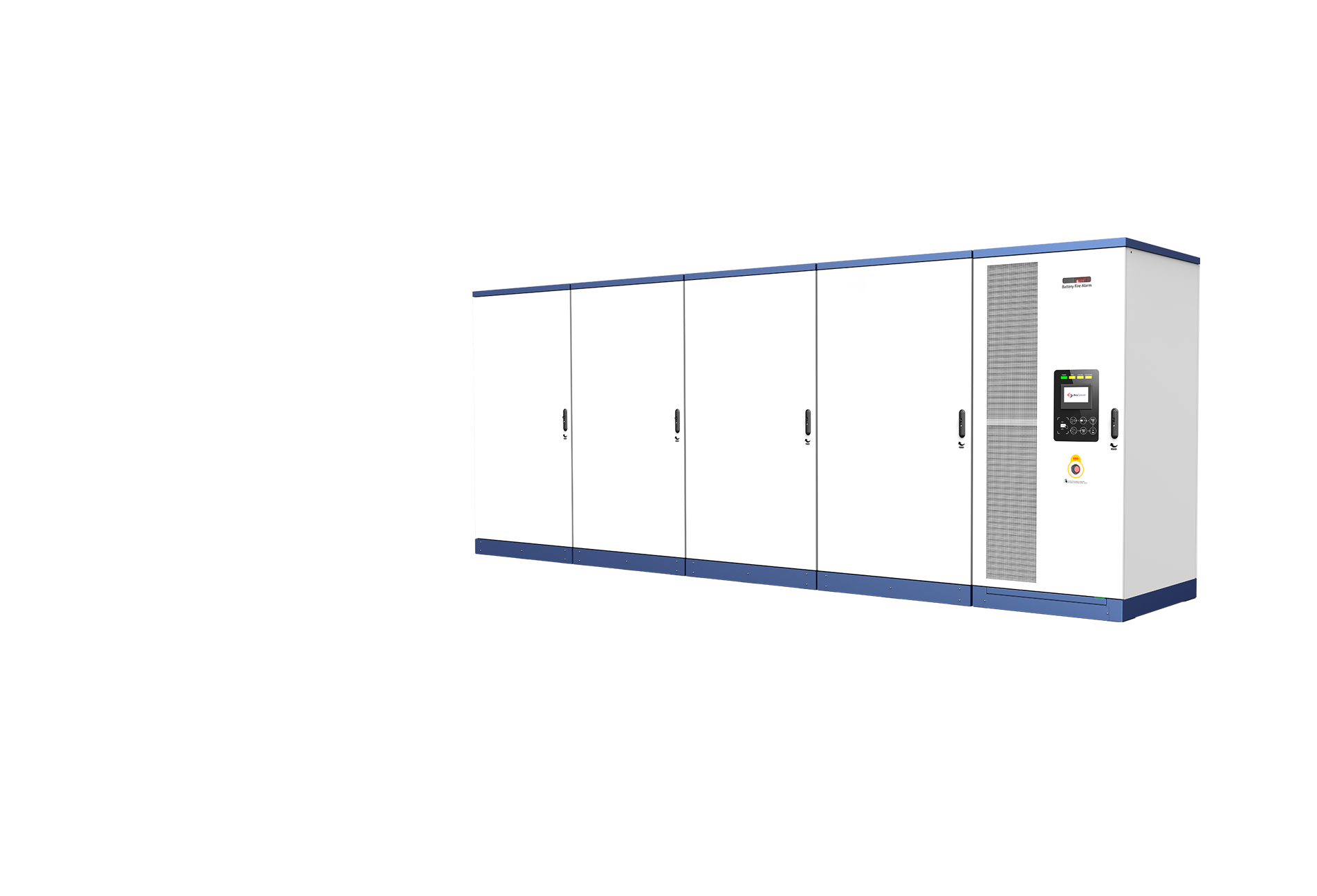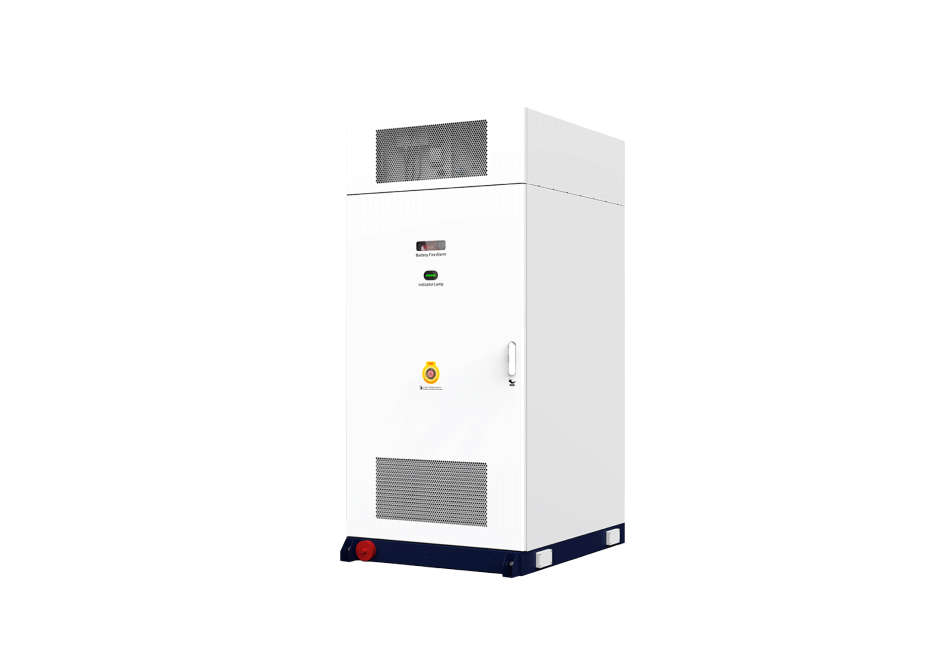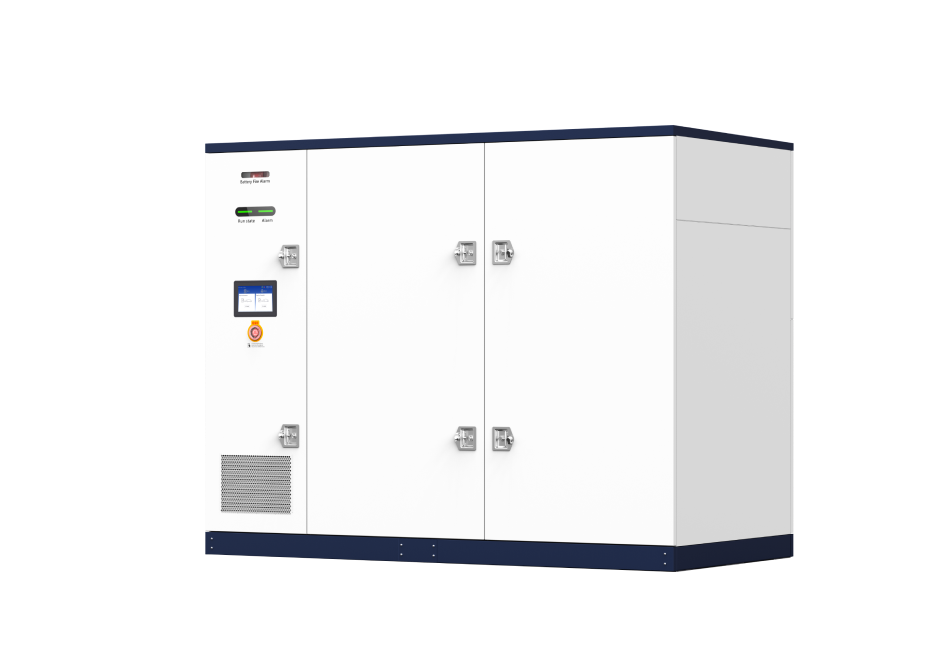Top Questions on V2H/V2G Charging Answered
June 25, 2025
As global energy landscape evolves, vehicle-to-grid (V2G) and vehicle-to-home (V2H) technologies are reshaping how energy is managed and consumed. V2H/V2G charging enables smart, bidirectional energy flow between EVs, buildings, and the grid—turning EVs into mobile energy storage units.
Infypower is at the forefront of this transformation, offering a range of DC bidirectional charging solutions. As we roll out our next-gen V2H/V2G charging solutions, we’ve compiled the most frequently asked questions from experienced fleet operators, charge point operators (CPOs), and infrastructure installers to help you better understand our solutions.
1. What V2H/V2G charger options does Infypower offer?
Infypower provides a comprehensive lineup of DC bidirectional chargers:
7kW Single-Phase V2H/V2G
11kW Three-Phase V2H/V2G
22kW Three-Phase V2H/V2G
44kW Three-Phase V2H/V2G
132kW Three-phase V2G
These models cater to a wide range of bidirectional EV charging applications, from residential setups to commercial and fleet deployments.
2. Which EV models have been tested with your V2H/V2G bidirectional chargers? In China, we hold the largest market share in V2G charger supply—accounting for over 80% of all installations with 3,000+ units shipped by the end of 2023. Backed by years of field operating data, our V2G chargers are tested with 20+ major EV brands on 50+ EV models, from passenger cars to electric vans.
The Infypower technical team, in collaboration with our global partners, has completed compatibility testing with 20+ EV models in North America, Europe, and Australia. Notably, our DC bidirectional chargers have completed on-grid discharging tests with:
CHAdeMO Nissan
CHAdeMO Mitsubishi
MG4
CCS2 KIA
CCS2 BYD
CCS2 Hyundai
CCS2 Farizon
CCS1 Hyundai
CCS1 Tesla
※ The above data is based on our global lab or site test results. Actual applicability depends on the automaker’s readiness to implement the relevant functions in their production vehicles. With several charging and discharging tests currently underway, we are continuously expanding compatibility with more V2X-compatible EV models.
Meanwhile, we welcome more automakers and CPOs interested in experiencing and testing V2X technology to contact our team. Together, we aim to advance V2X technology—driving its maturity, fostering innovation, and creating shared value for the energy society.
3. What certifications do your V2H/V2G products hold?
Countries such as China, the EU, the U.S., Australia and Japan are actively integrating V2G/V2H into their national energy strategies. A number of programs and standards have been introduced to support V2G infrastructure and advance energy flexibility.
Our V2H/V2G DC chargers meet or are undergoing the following certifications:
7kW: TUV CE, AZ, RED, VDE (✔️)
11kW: CE, EN 50549, VDE 4105, CEI 0-21 (in progress); UL, UL1741 SB, IEEE1547, IEEE1547.1 (in progress)
22kW: UL, UL1741 SB, IEEE1547, IEEE1547.1 (✔️);
CE, VDE 4105, EN 50549 (in progress)
44kW: UL, UL1741 SB, IEEE1547, IEEE1547.1 (✔️)
132kW: UL (in progress)
※ We’re planning additional market certifications based on customer needs.
4. Do your V2H/V2G chargers support OCPP protocols?
Yes. Our DC bidirectional chargers are compatible with:
OCPP 1.6J: Currently supported
OCPP 2.0.1: Planned support by July 2025
Our system supports OTA upgrade to the latest OCPP protocol.
5. Can users set their own discharging limits?
Absolutely. Users can configure discharge settings via the charger’s touchscreen or backend platform. The discharge setting is the same as EV charging options, including:
Automatic mode
SoC-based
Time-based
kWh-based
6. Is it possible to schedule dynamic charging and discharging?
Yes. Users can program multiple time-based charge/discharge strategies through the user interface or backend management system. Our system will operate according to the defined schedule.
7. Besides OCPP, which other communication protocols are supported between your bidirectional charger and cloud platform?
Our DC bidirectional charger supports several communication protocols to meet diverse use cases:
OCPP (Open Charge Point Protocol): For charger-to-cloud communication, enabling remote control, billing, firmware updates, and third-party integration.
Modbus-TCP: For communication between our charger and client’s server via Wi-Fi and 4G.
MQTT (Message Queuing Telemetry Transport): For communication between our charger and our MBE platform or client’s management platform via Wi-Fi and 4G.
8. What are the key applications and operating modes of your DC bidirectional chargers?
Our DC bidirectional charger is designed for global residential, commercial, and fleet applications, supporting both on-grid and off-grid scenarios for enhanced energy flexibility and grid resilience.
With our AC box or V2H box, our system enables your EV to respond to platform or grid dispatch, feeding energy back to the loads or the grid when connected to the grid. Additionally, our V2H Box even allows your EV battery to power homes or buildings during grid outages. The V2H box must be selected for off-grid uses and enables on-grid/off-grid switching.
1> Grid-connected Scenario
Configurations: V2G charger + AC box + Optional Meter 1 (Anti-reverse)
Charge your EV from the grid
Discharge your EV to feed energy back to the grid, participating in grid response
Discharge your EV to power household loads during peak electricity hours, reducing energy costs and grid dependency
2> Grid-connected + V2H Scenario
Configurations: V2H charger + V2H box (Meter 1 integrated)
Charge your EV from the grid
Discharge your EV to feed energy back to the grid, participating in grid response
Discharge your EV to power household loads during peak periods, reducing energy costs and grid dependency
Provide backup power to critical household loads during outages using EV batteries
When a grid outage is detected, it transitions to off-grid mode, discharging the EV to supply power to household loads. Once grid power is restored, the system will switch back to on-grid mode, stopping EV discharging and resuming power supply from the grid.
9. Do your V2H/V2G chargers support remote firmware upgrades and diagnostics? Yes. Our chargers offer:
Over-the-Air (OTA) firmware updates
Remote diagnostics via OCPP or our MBE platform
Custom platform integration upon request
10. Is local EMS integration available?
Our bidirectional chargers can be connected to your local EMS through RS485 energy meters, enabling:
Anti-reverse control: By collecting data from the energy meter, our system dynamically adjusts the discharge power in real time to match household load consumption, ensuring that all discharged energy is consumed locally.
Overload protection: By setting an overload threshold, our system automatically adjusts the charging power in real time to prevent overload.
11. What is the maximum discharge efficiency?
Based on our lab testing results, our DC bidirectional chargers offer high discharge efficiencies:
7kW: ≥ 95% (Full load)
11kW: ≥ 95.5% (Full load)
22kW: ≥ 94.5% (Full load)
44kW: ≥ 94.5% (Full load)
132kW: ≥ 94.5% (Full load))
12. Can on-grid/off-grid switching be automatic?
Yes. Our system supports automatic on-grid/off-grid switching within 10 seconds if a power outage is detected during EV charging. With Backup Power Mode activated, the charger will automatically transition from charging to off-grid discharging to power household loads.
13. Can your bidirectional chargers respond to real-time utility dispatch?
Yes. Our system can integrate with utility platforms to facilitate real-time energy dispatch and demand response programs.
14. Where have your chargers been deployed?
In addition to China, our V2H/V2G charger samples have been installed in the U.S., Europe and Australia mostly. We are also expanding compatibility and market reach globally.
Above are the top questions asked on our V2H/V2G charging stations. For more information on how our solutions can benefit your operations, reach us at contact@infypower.com.



